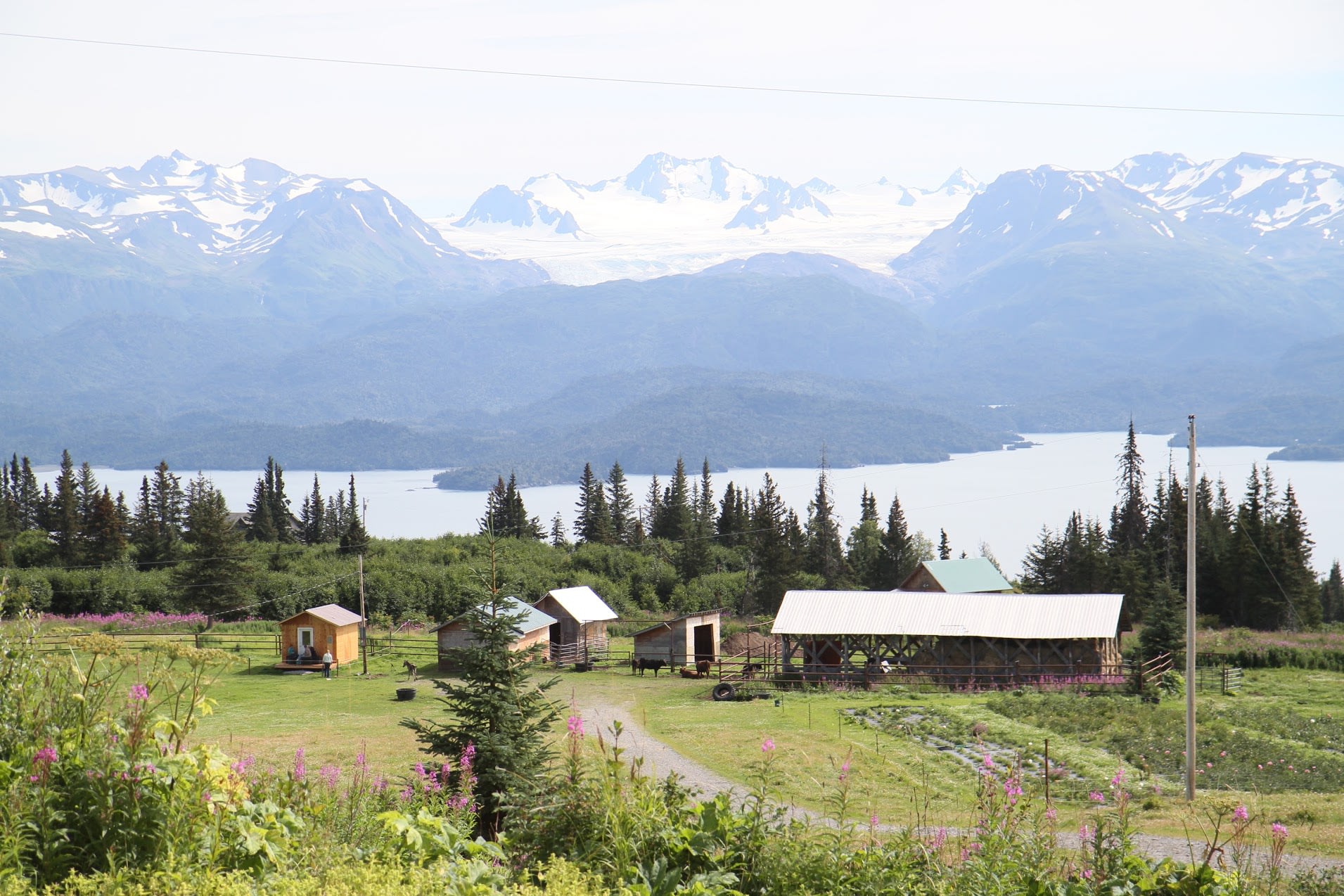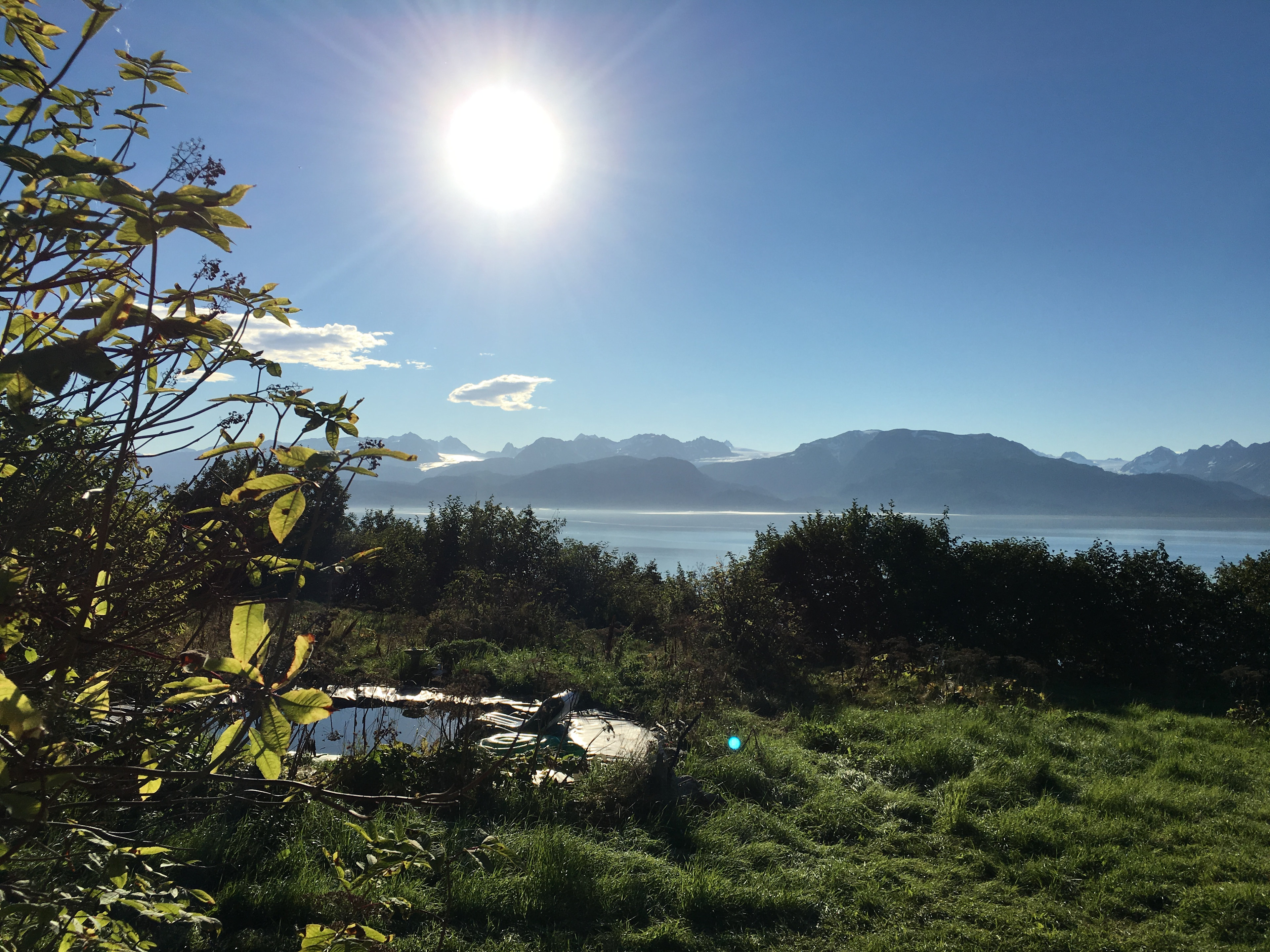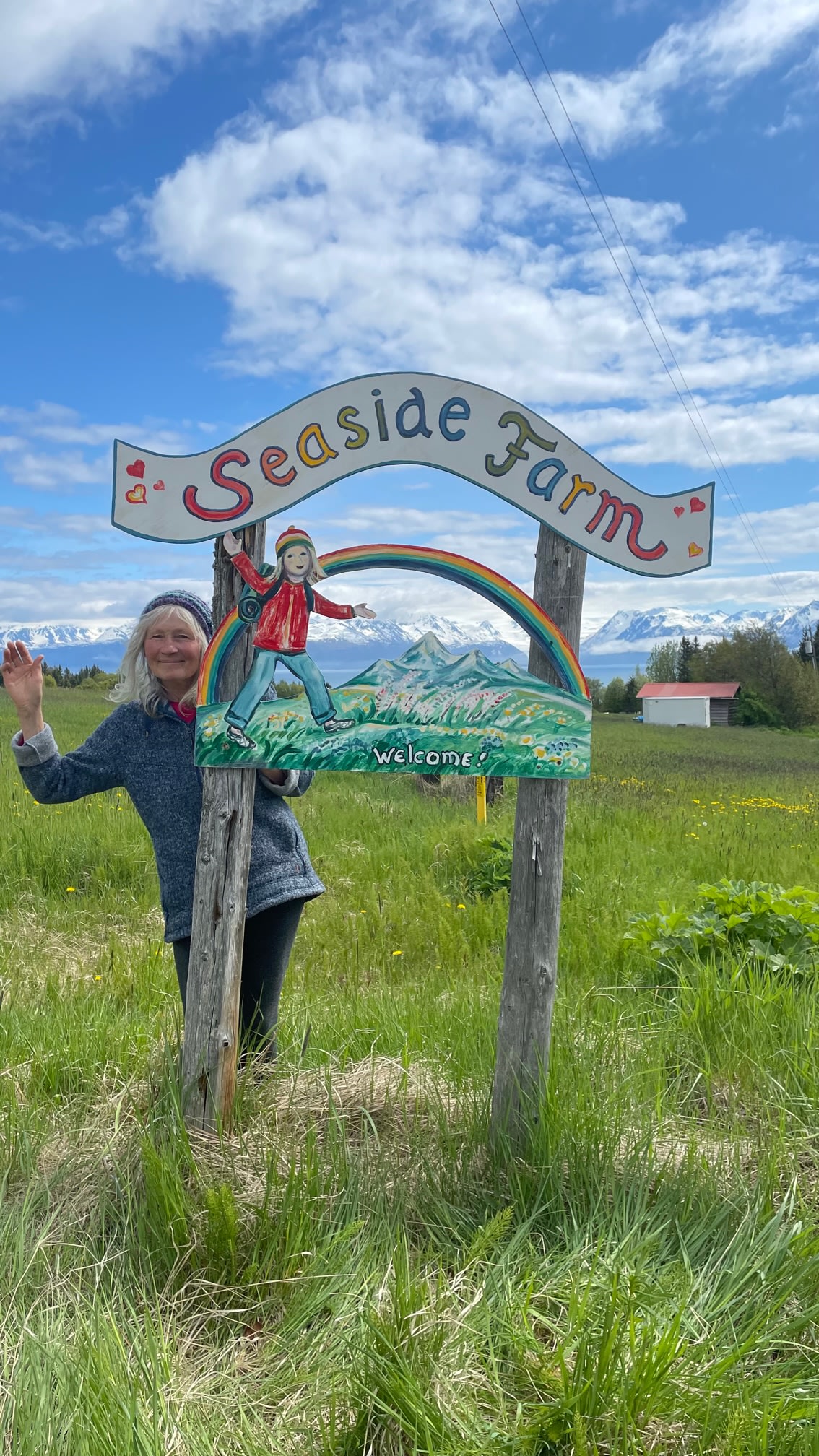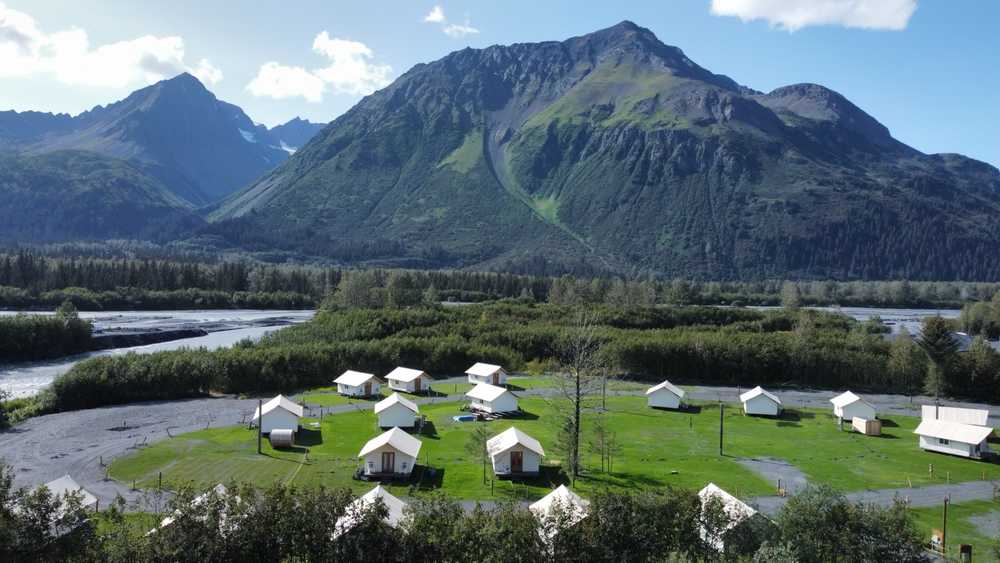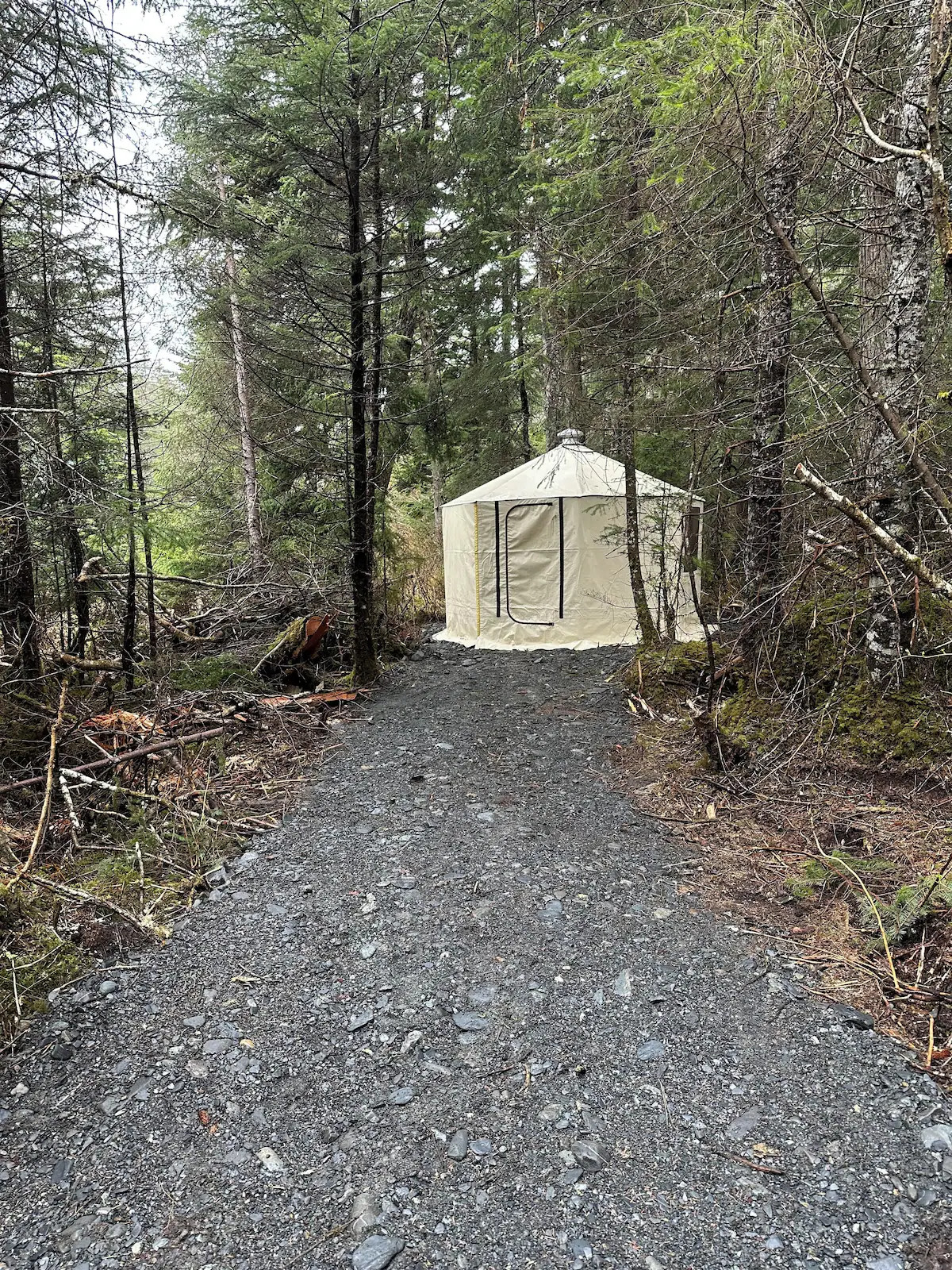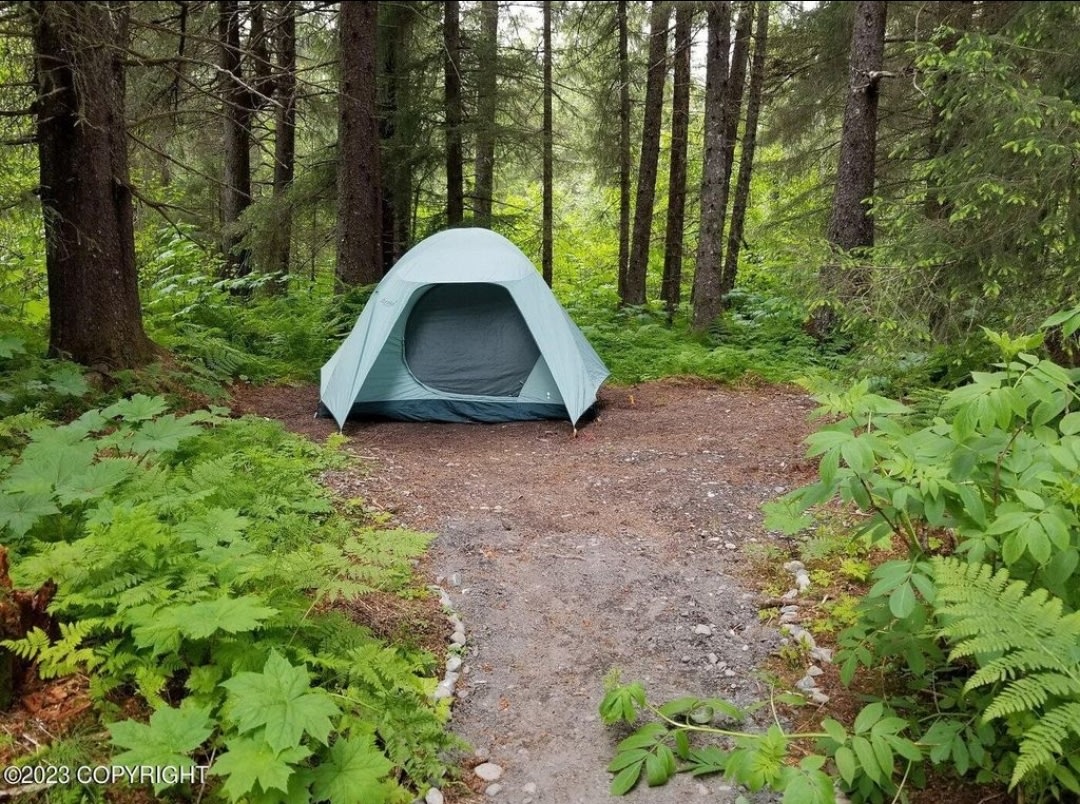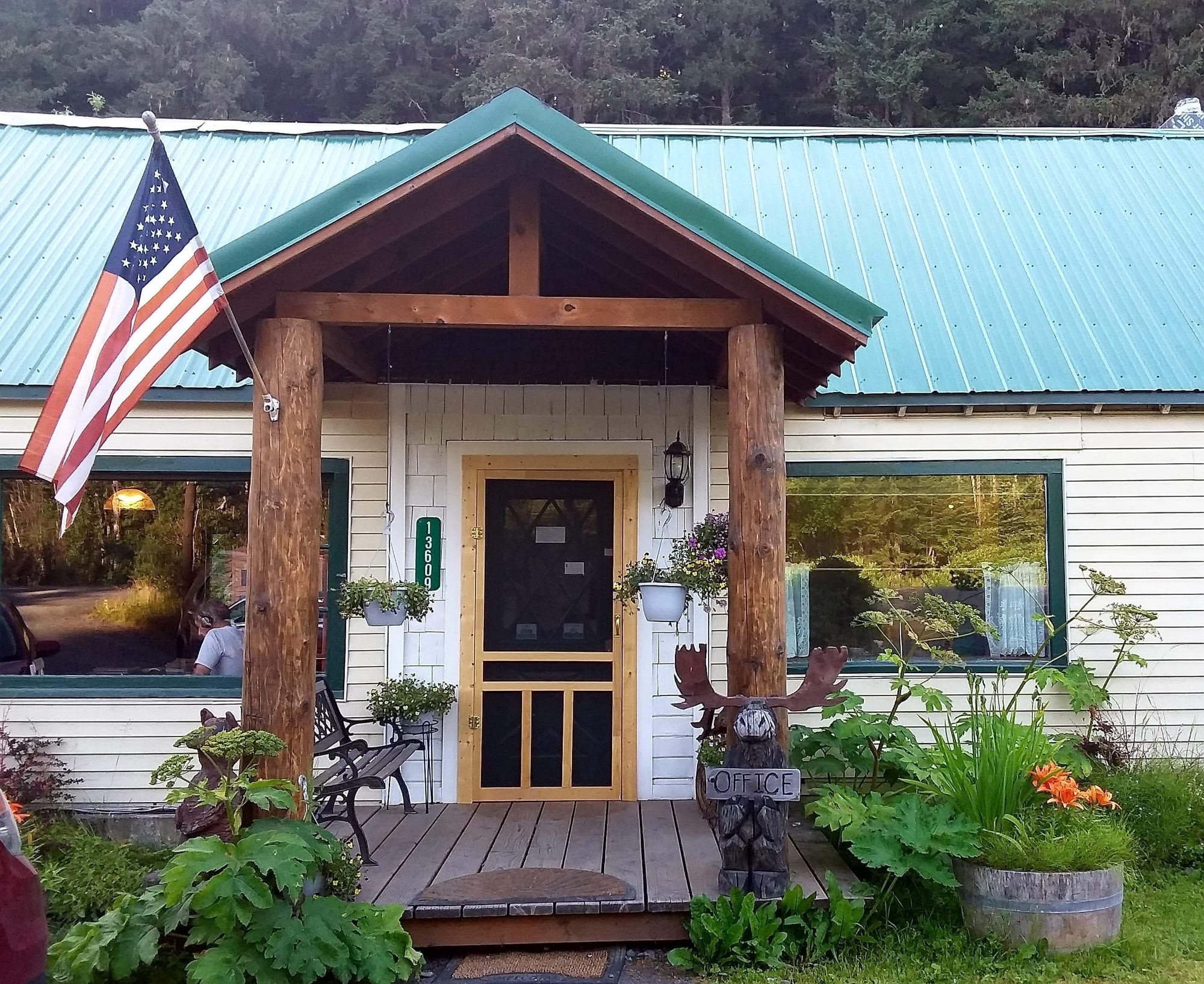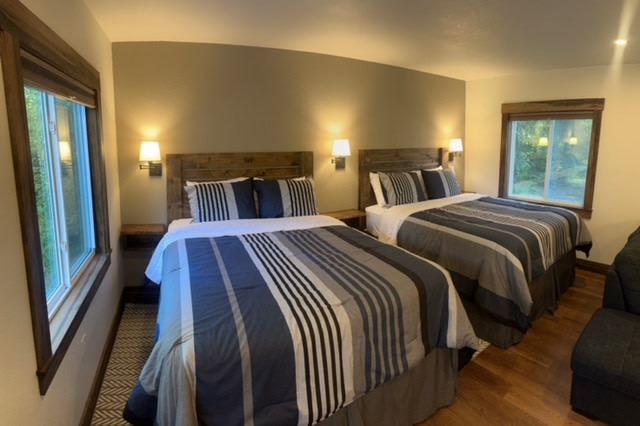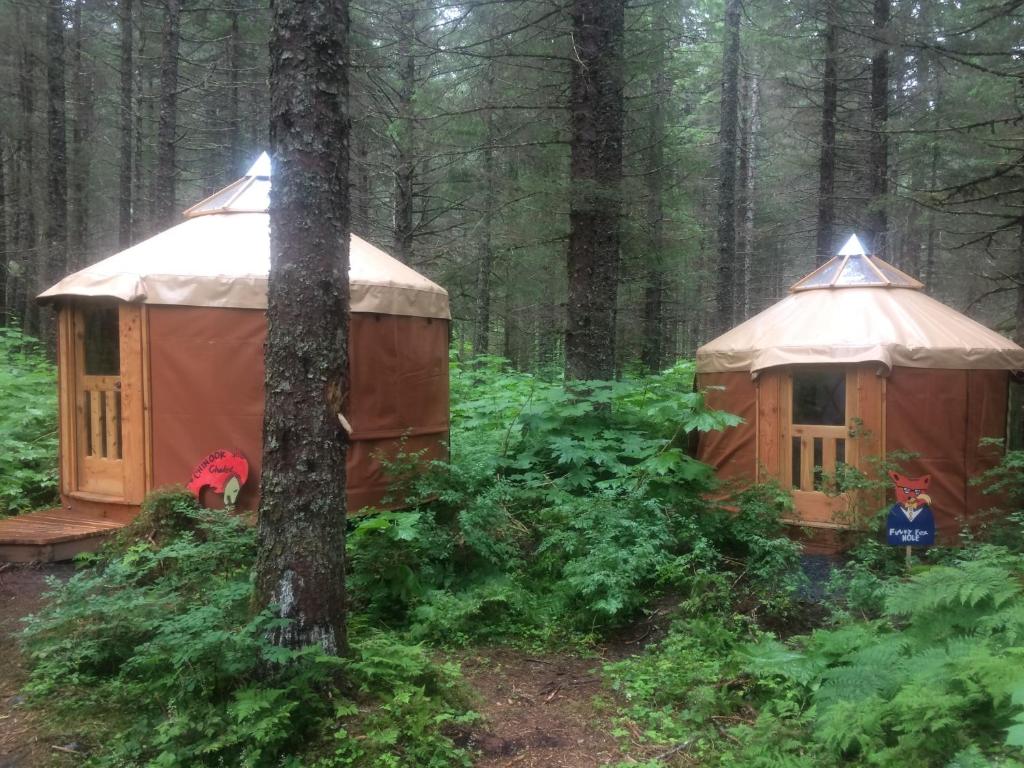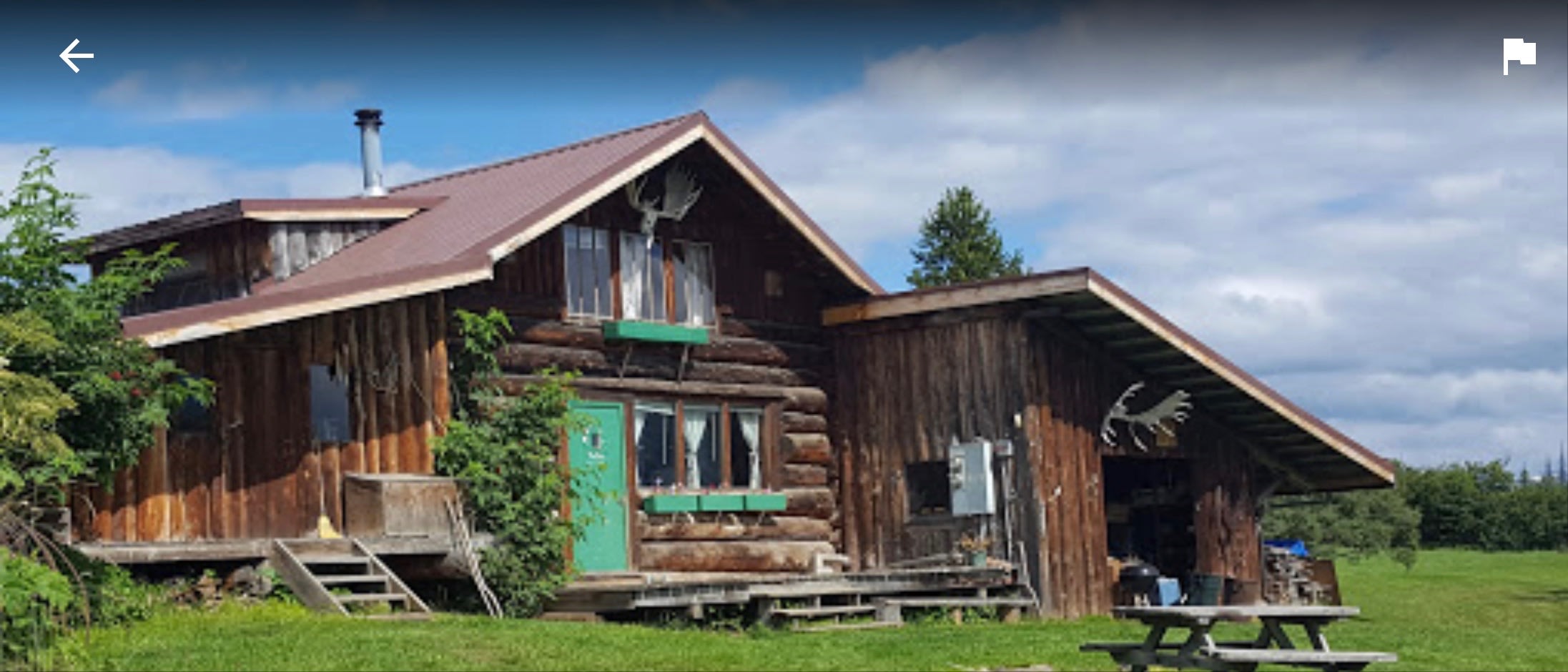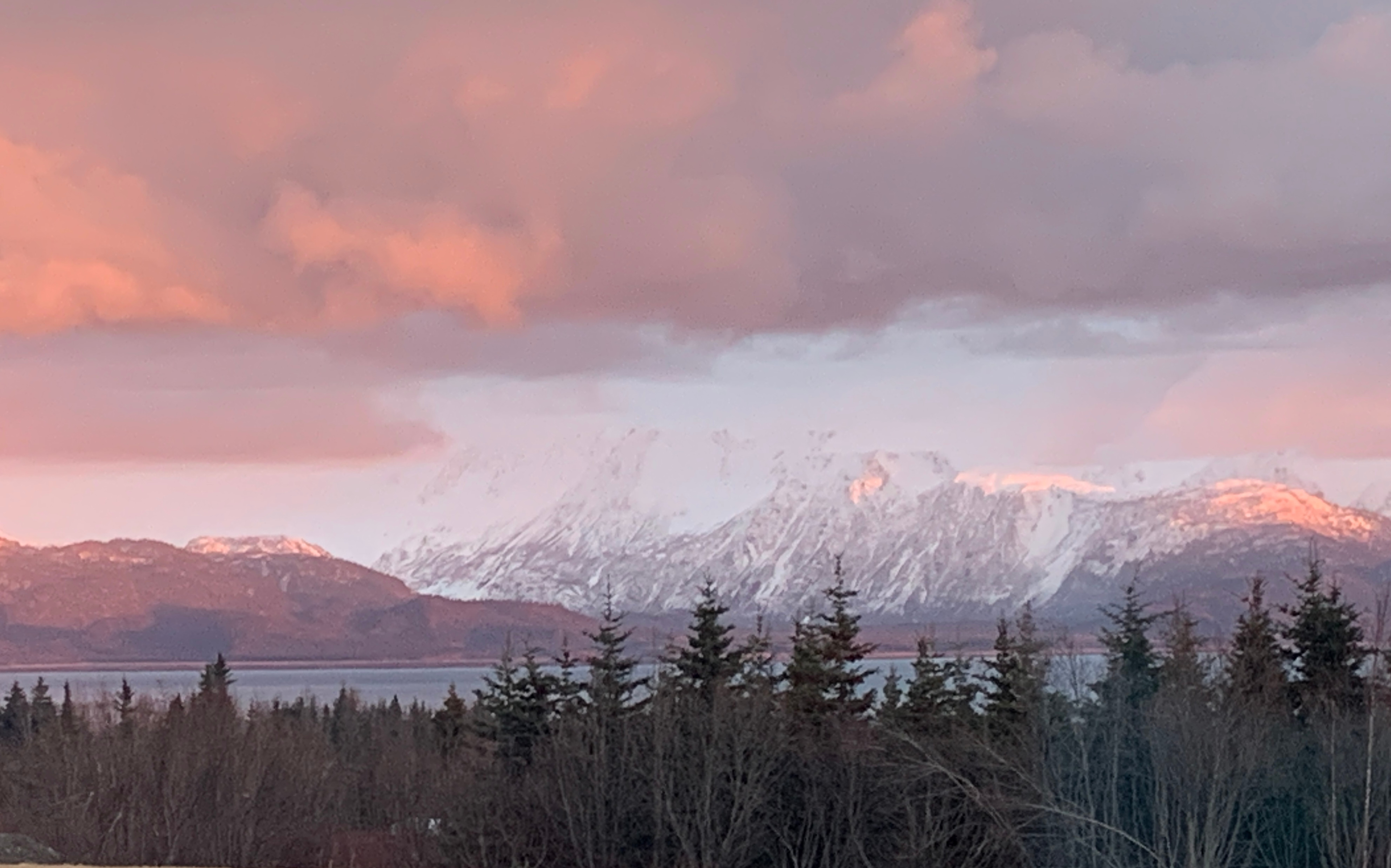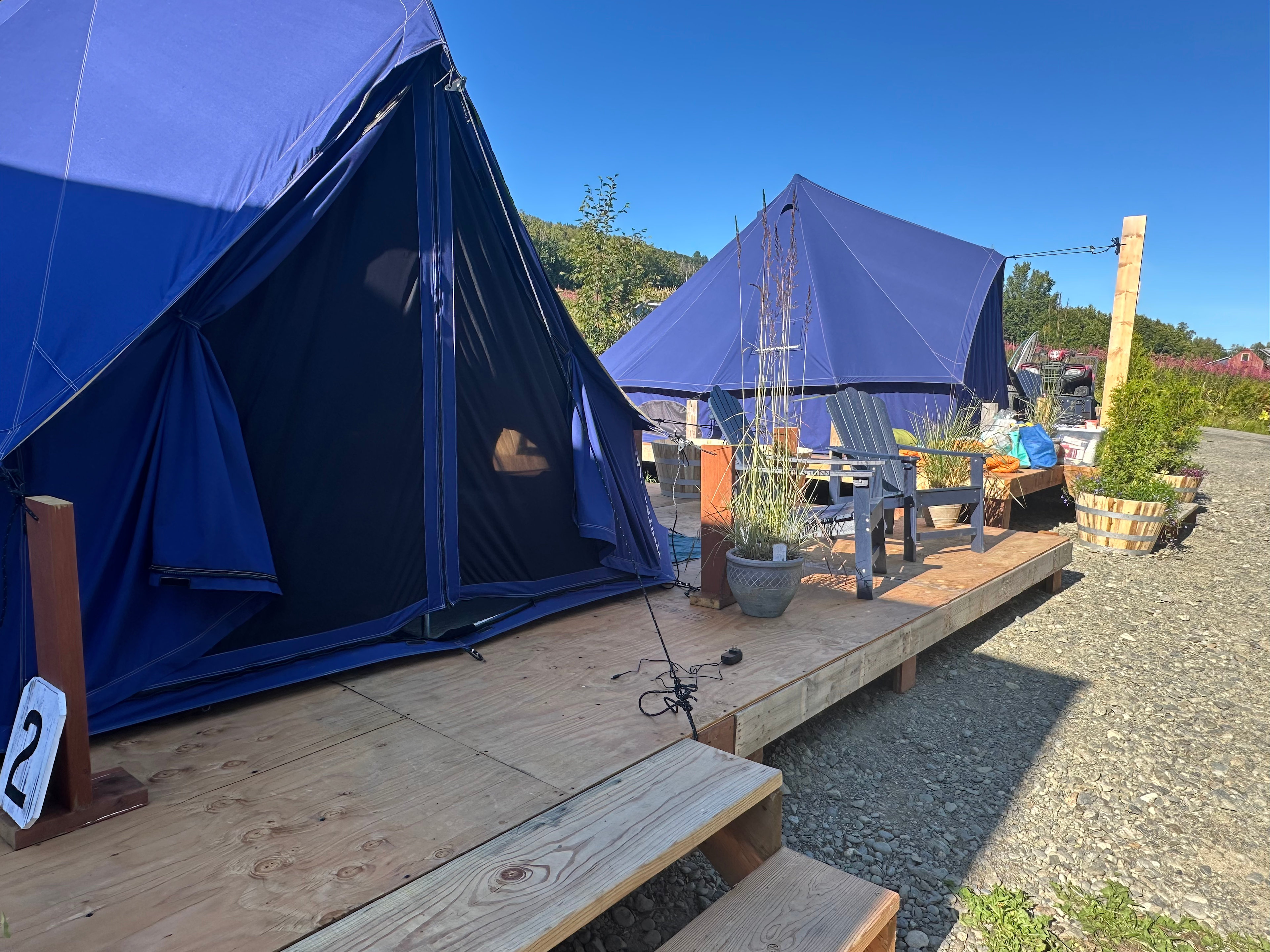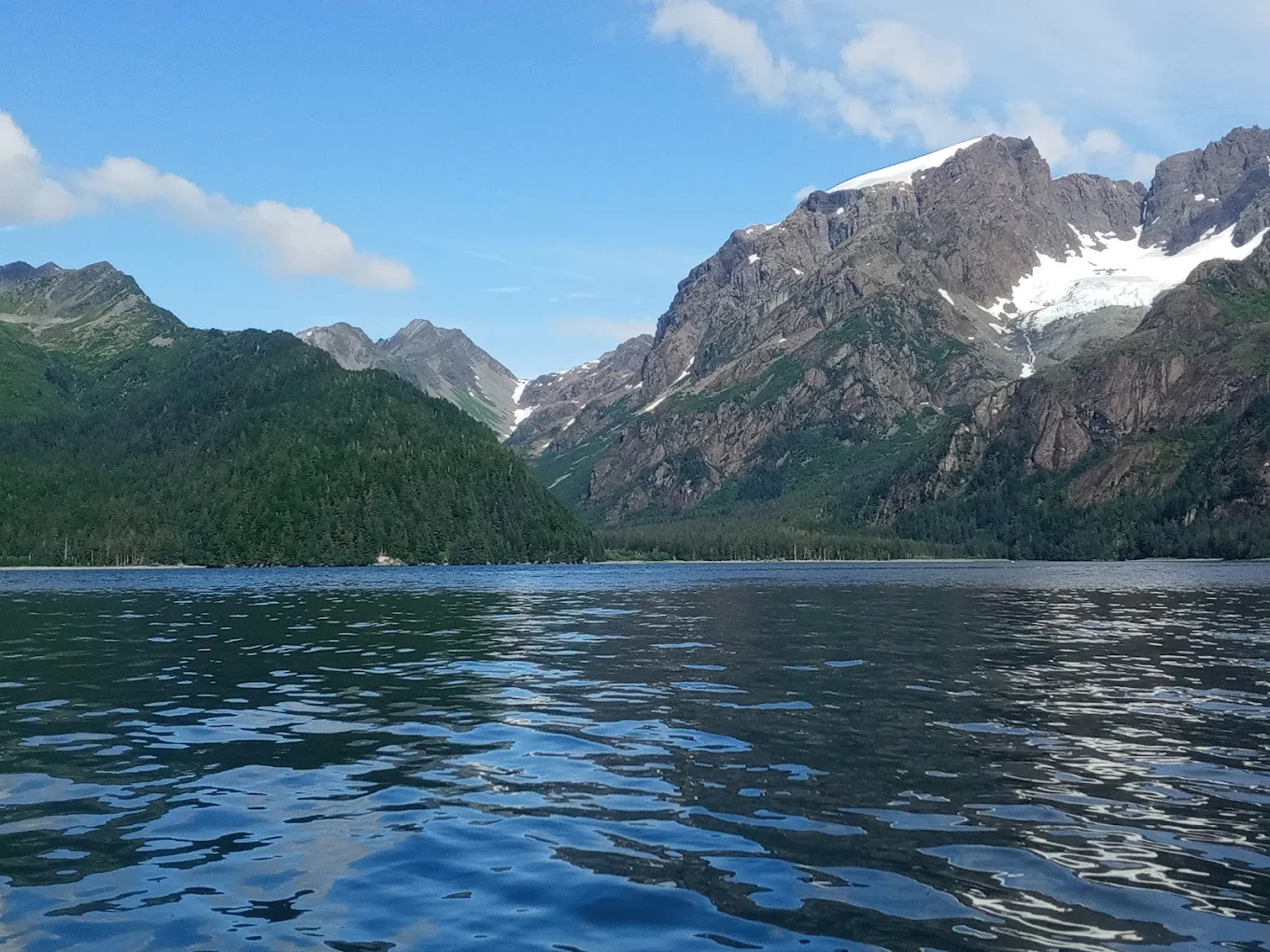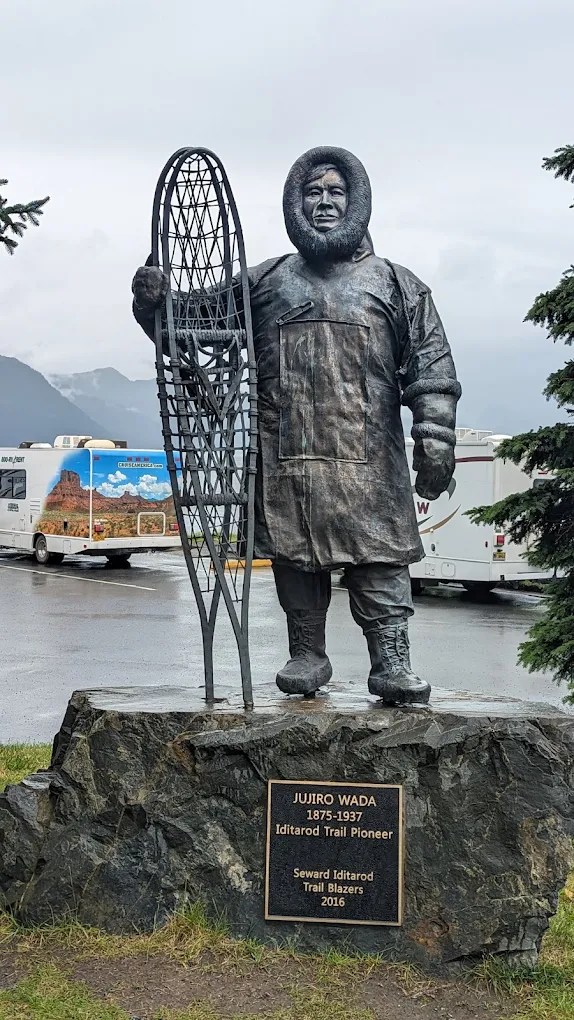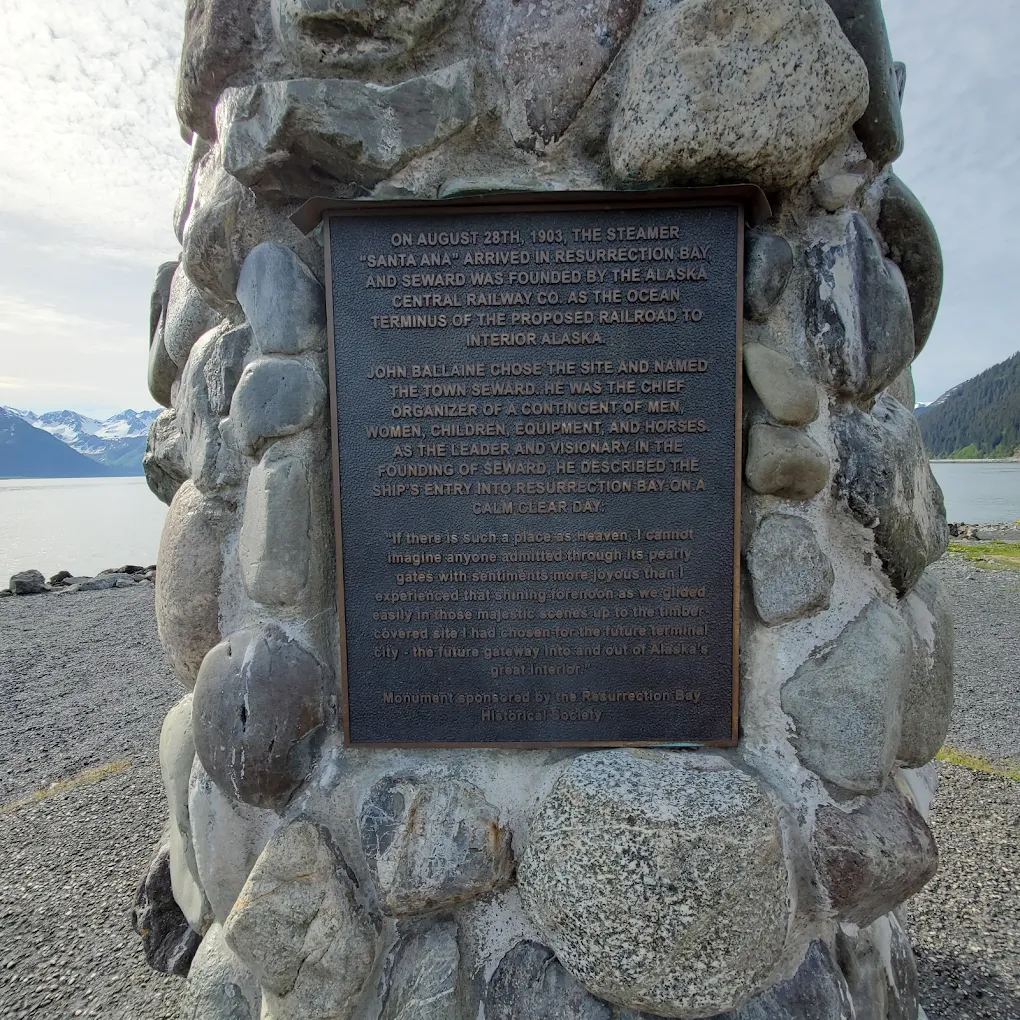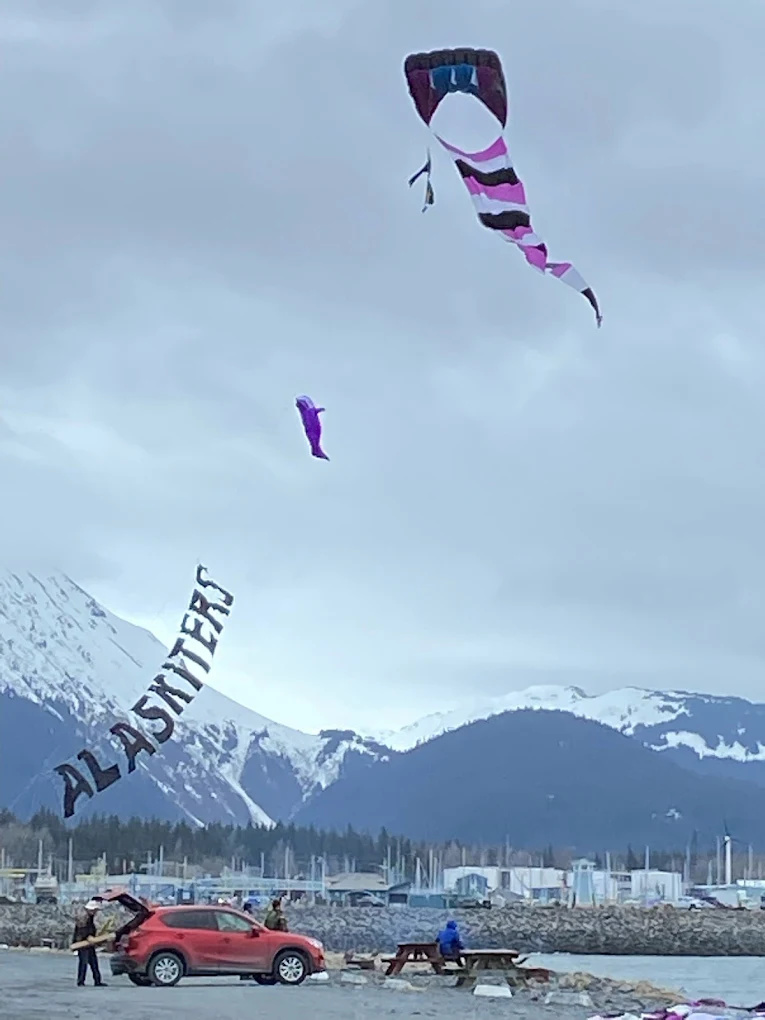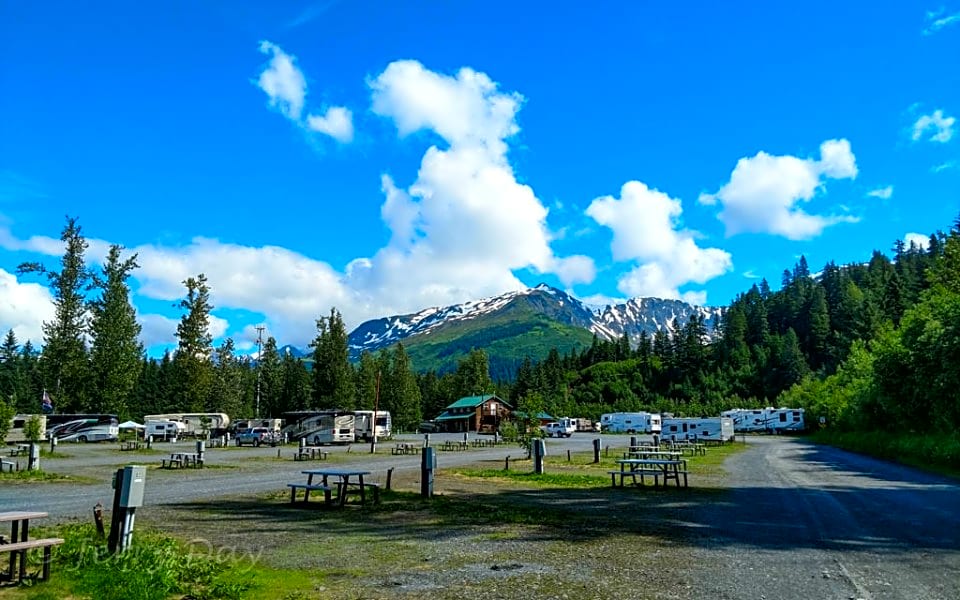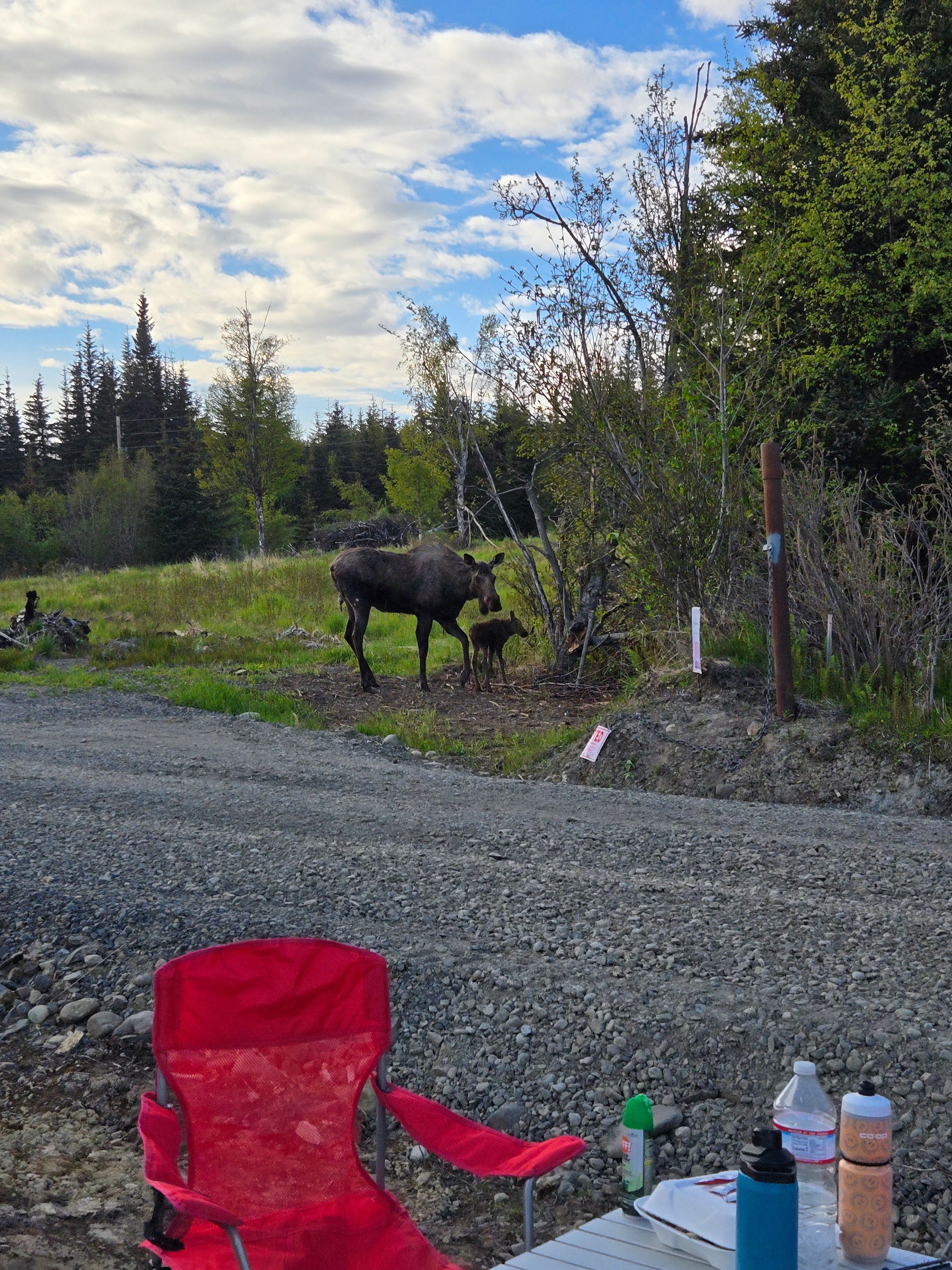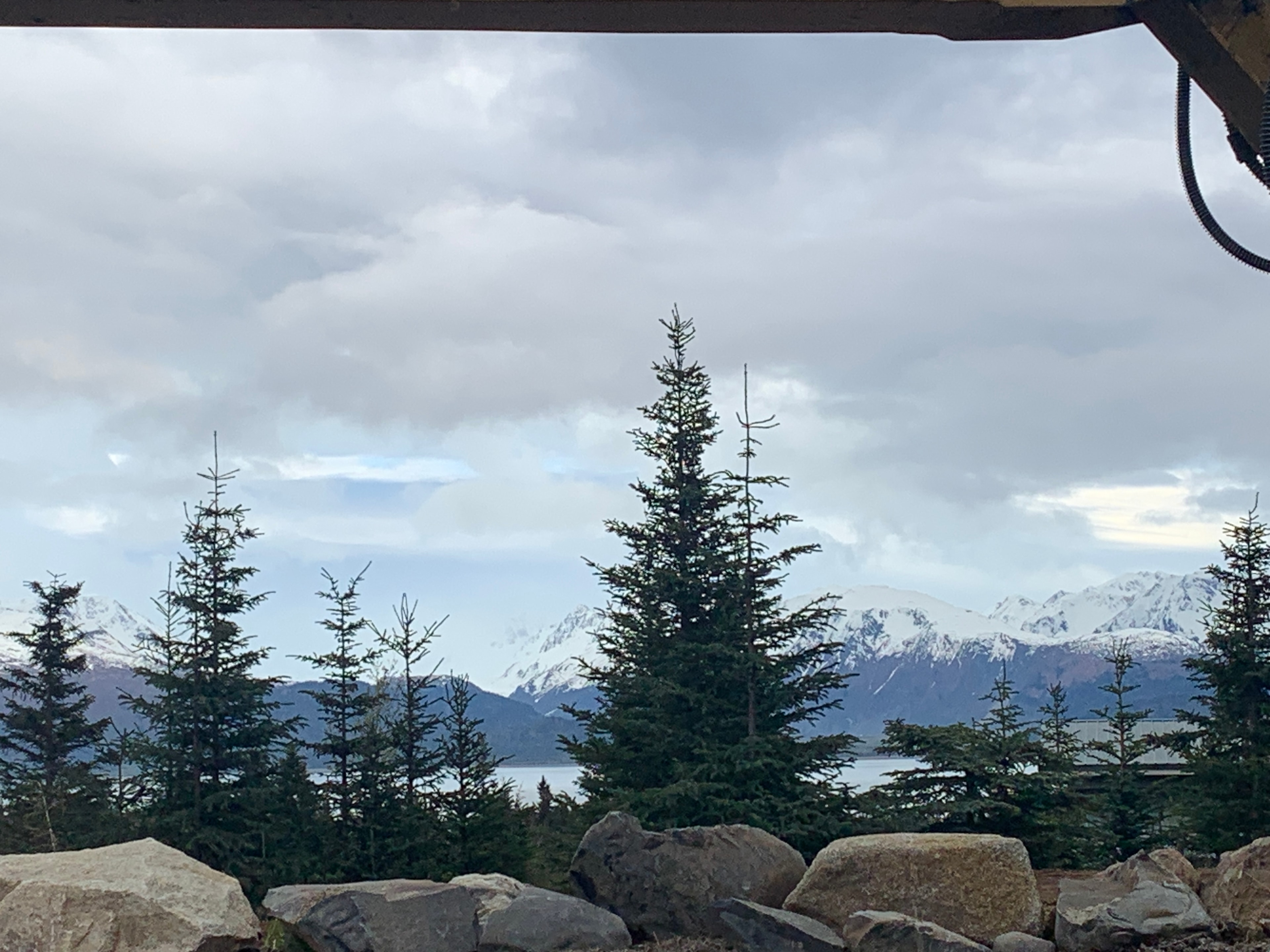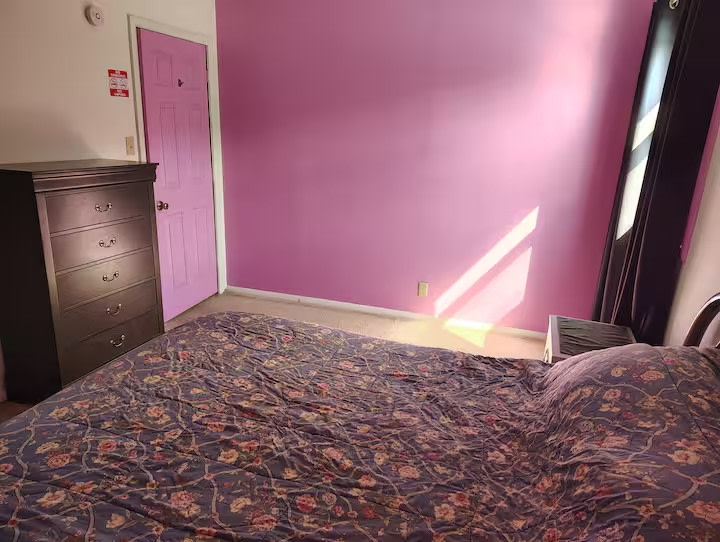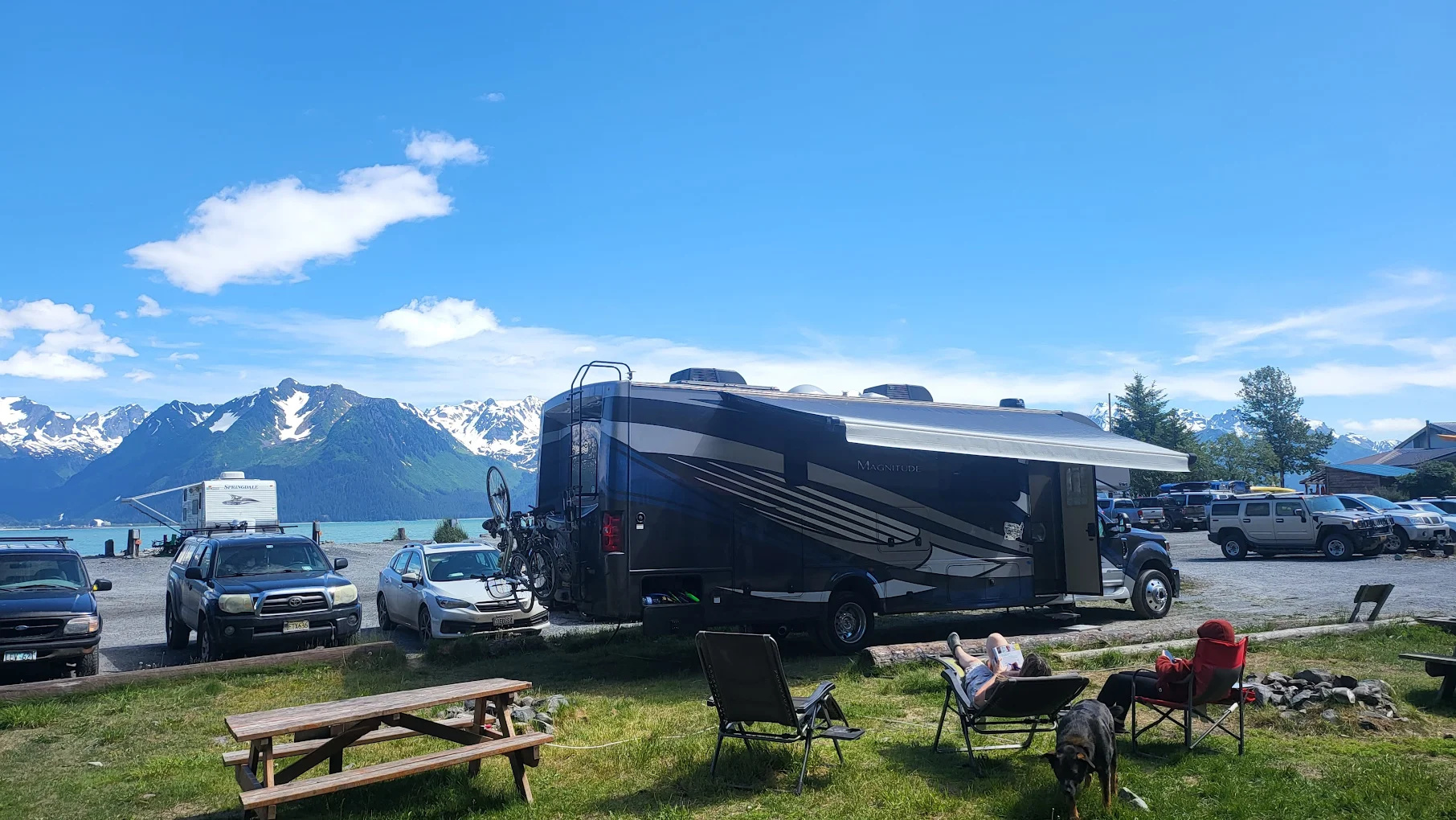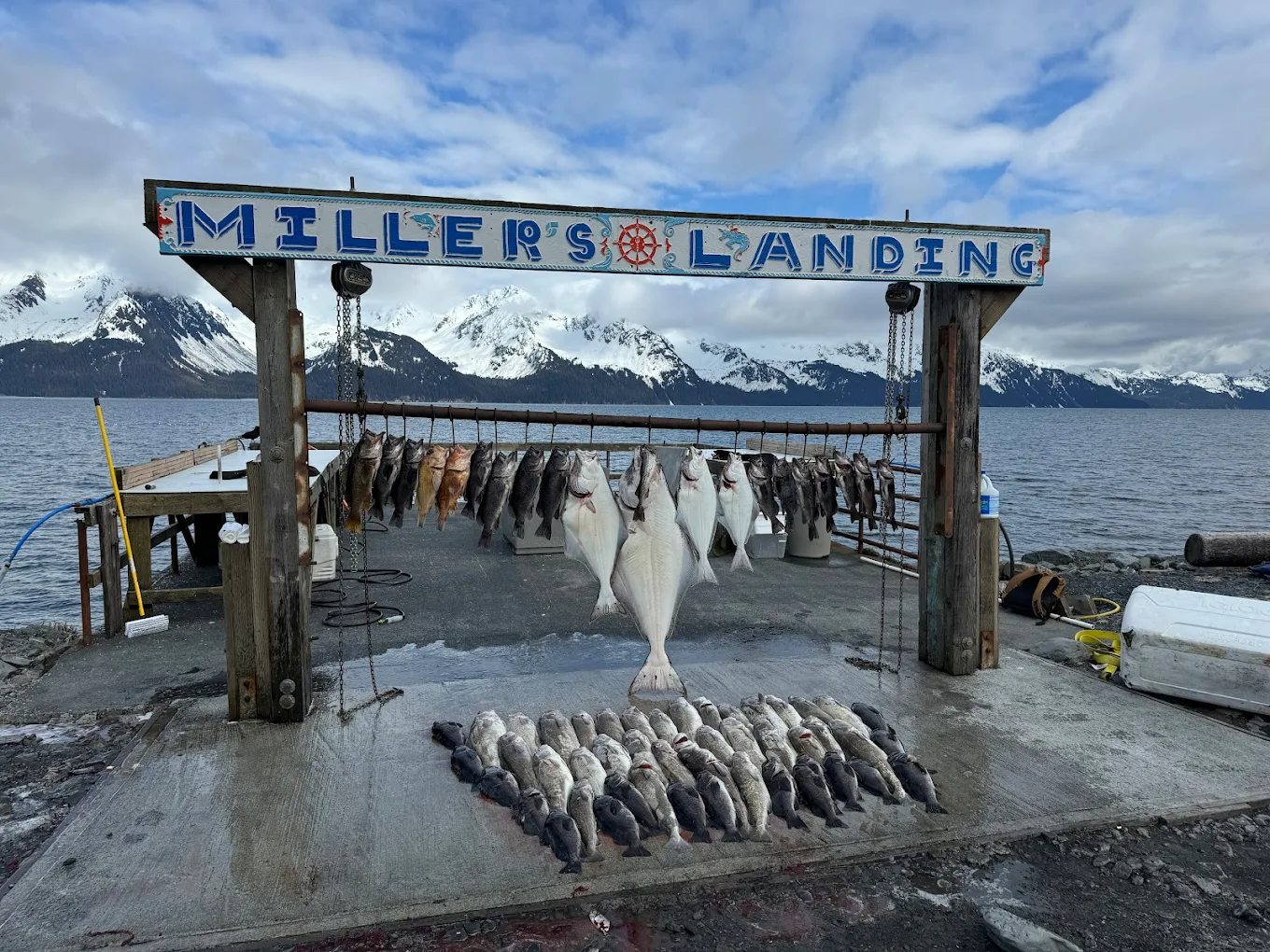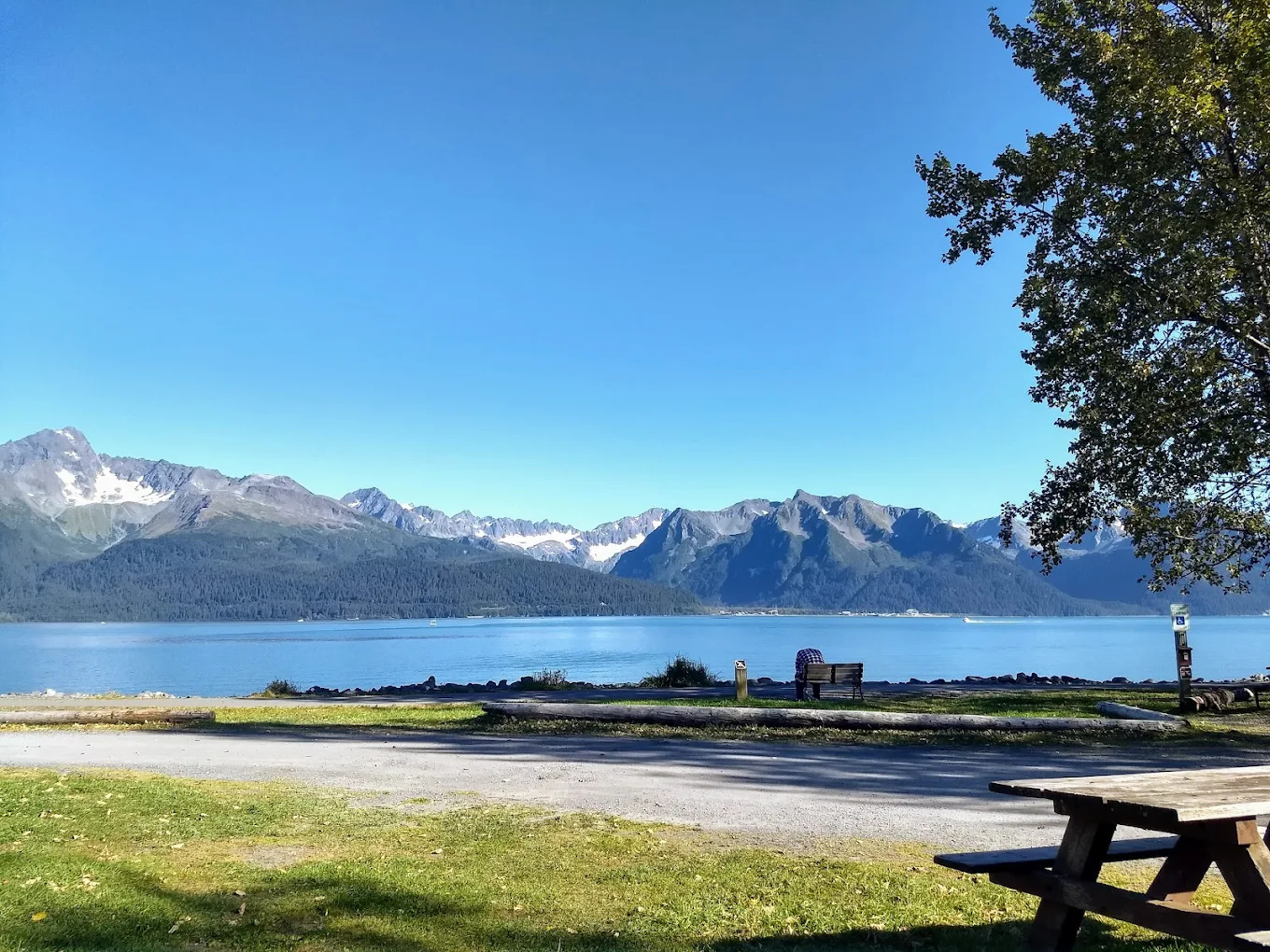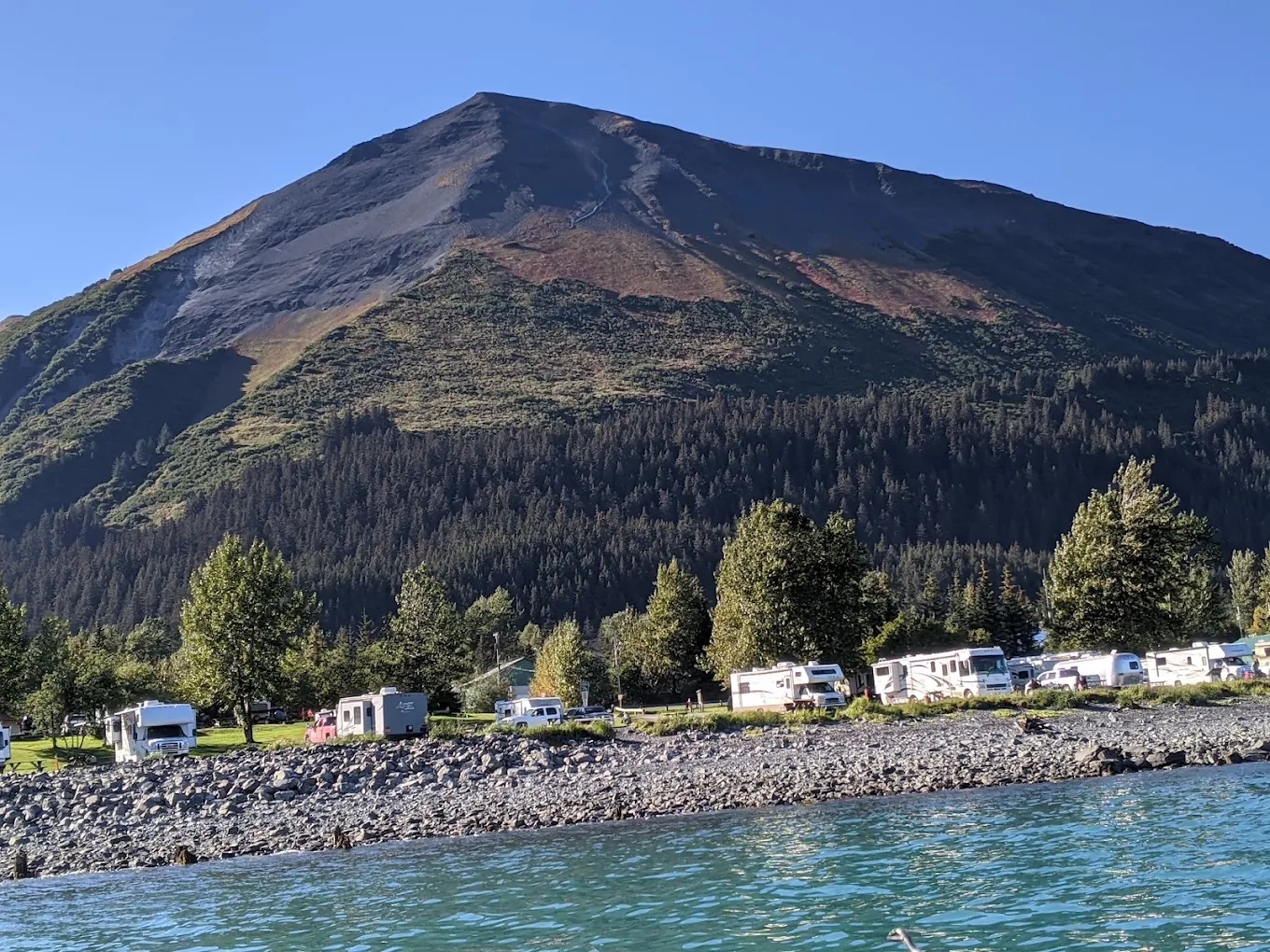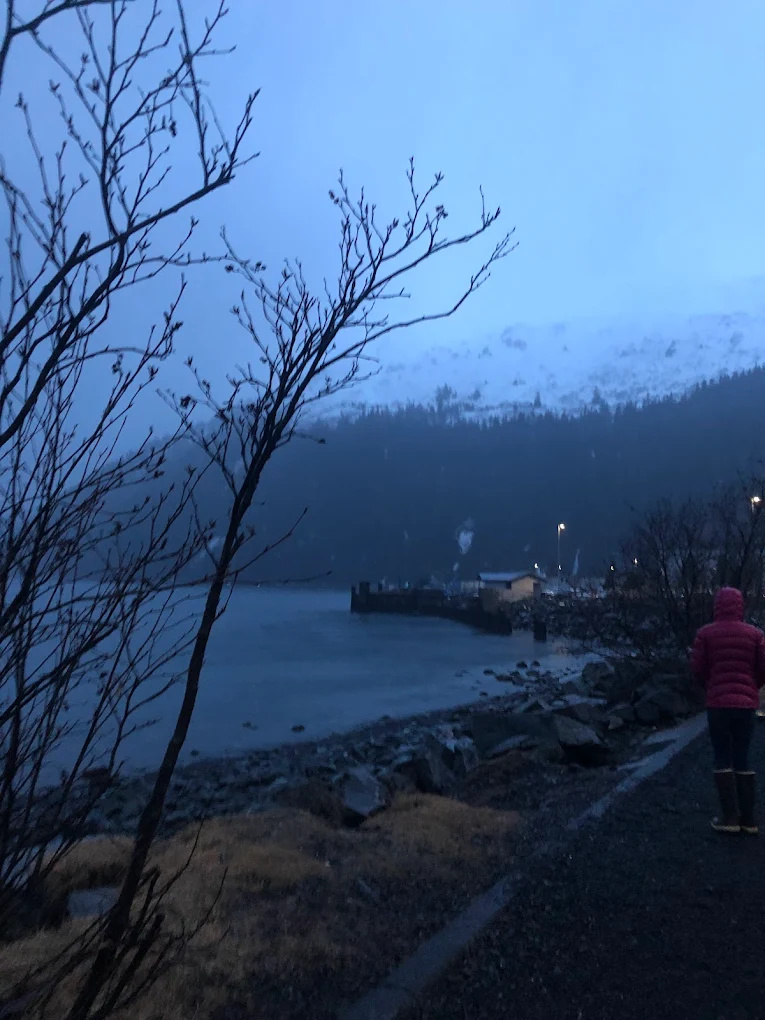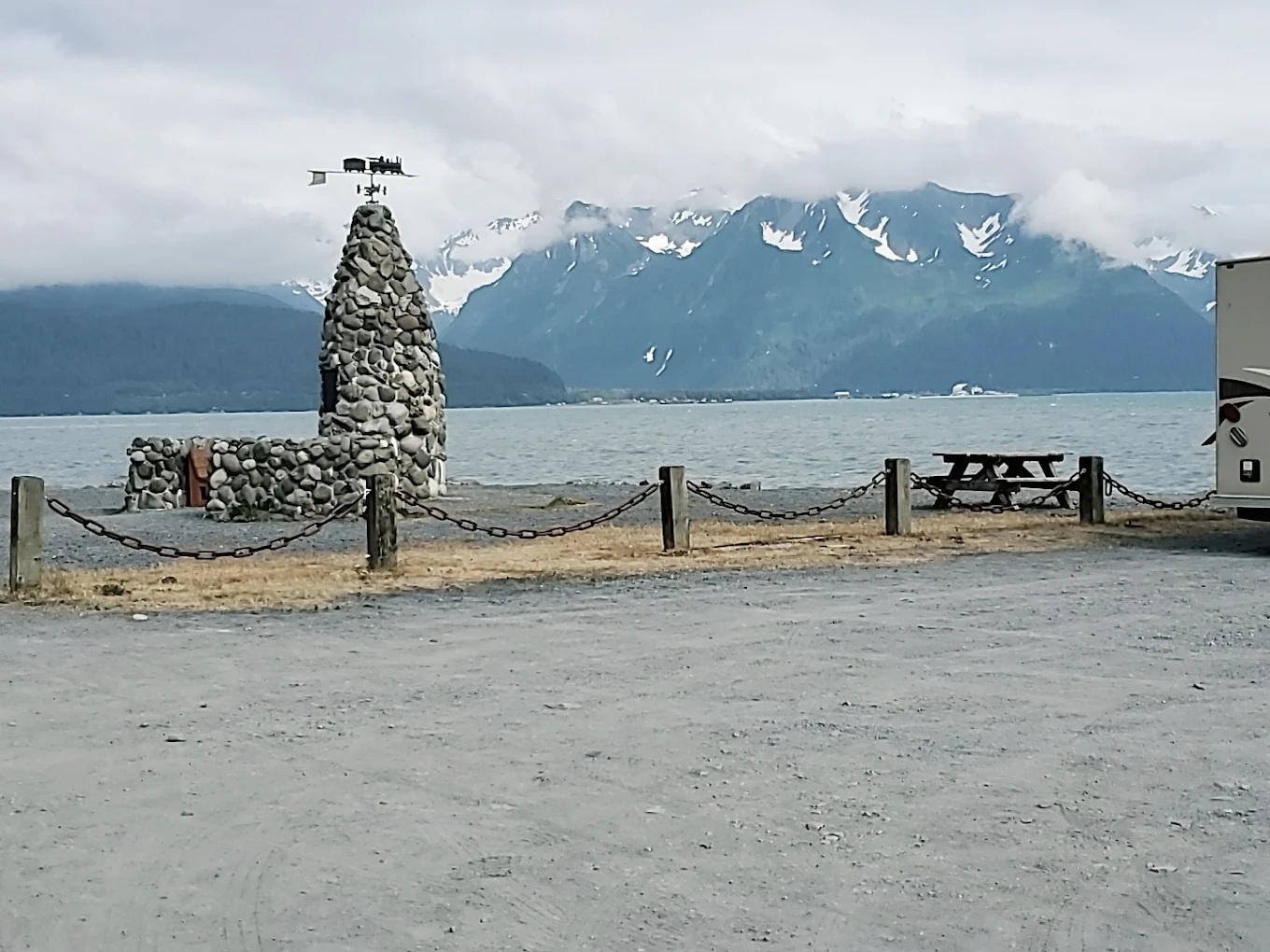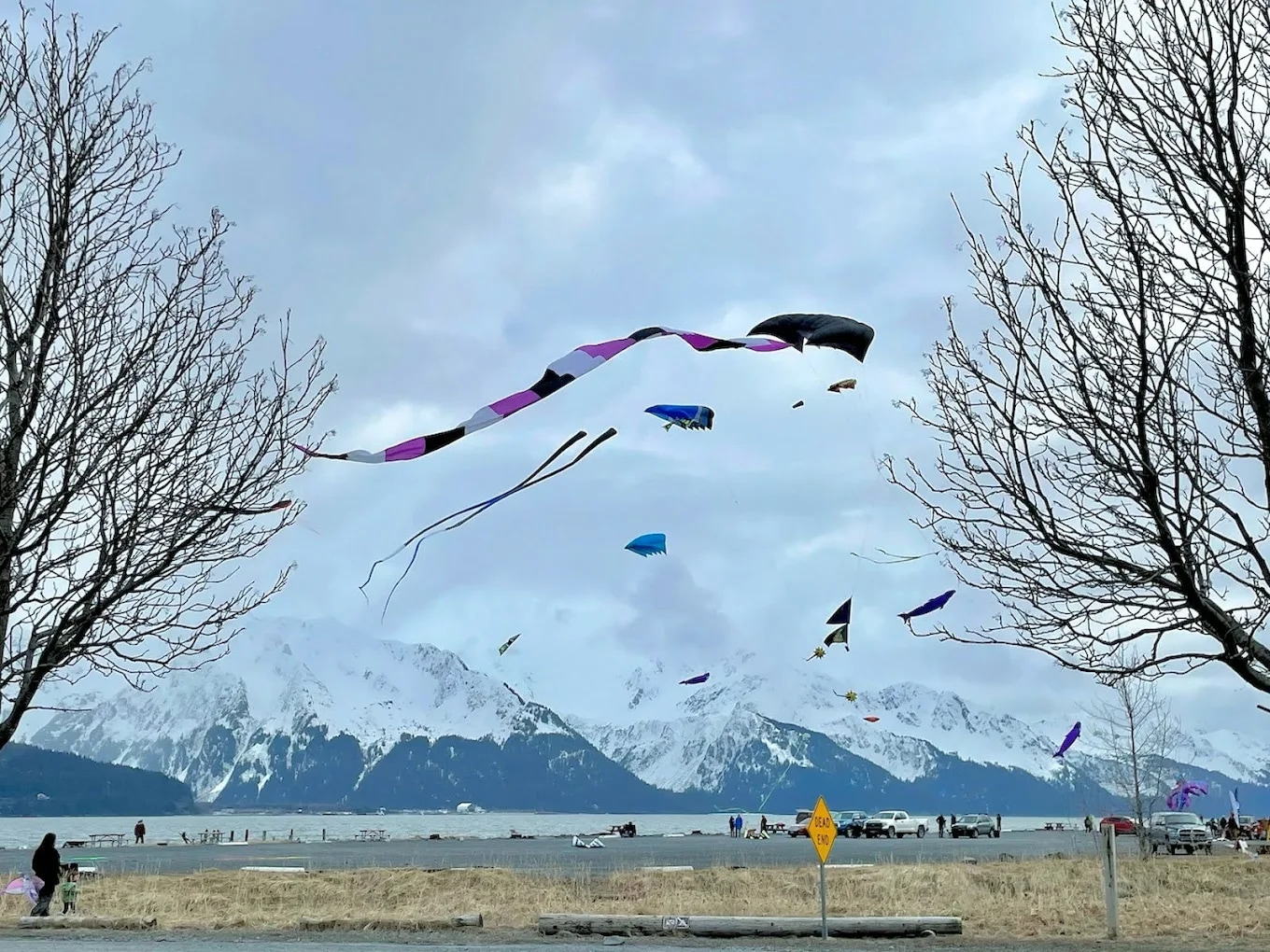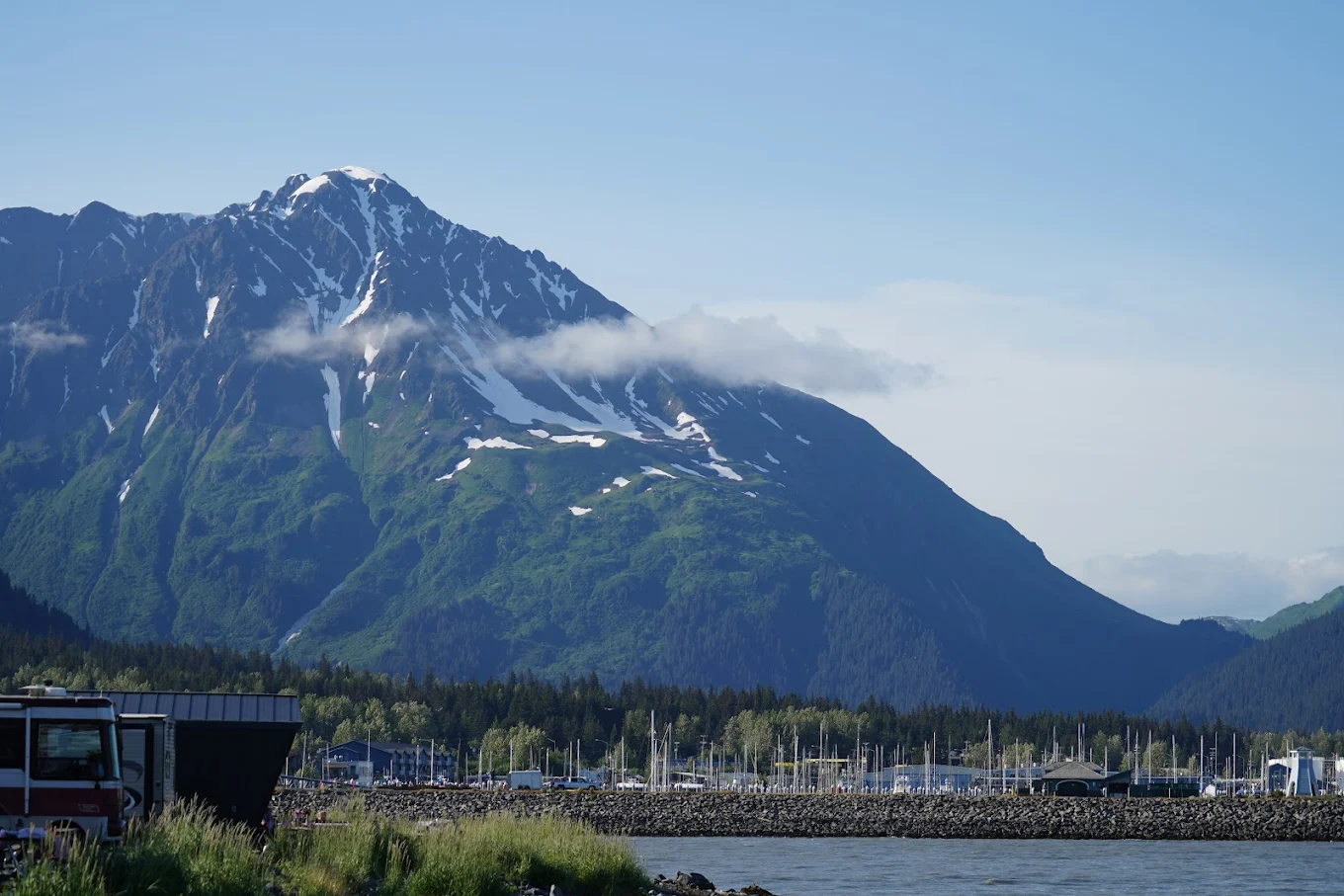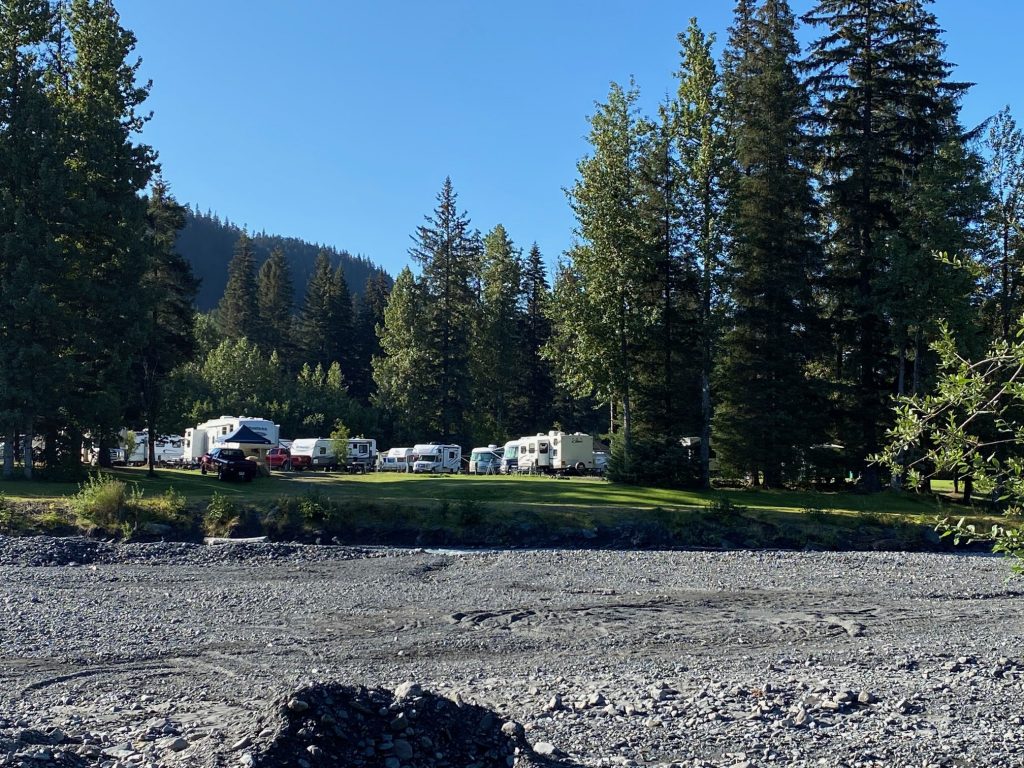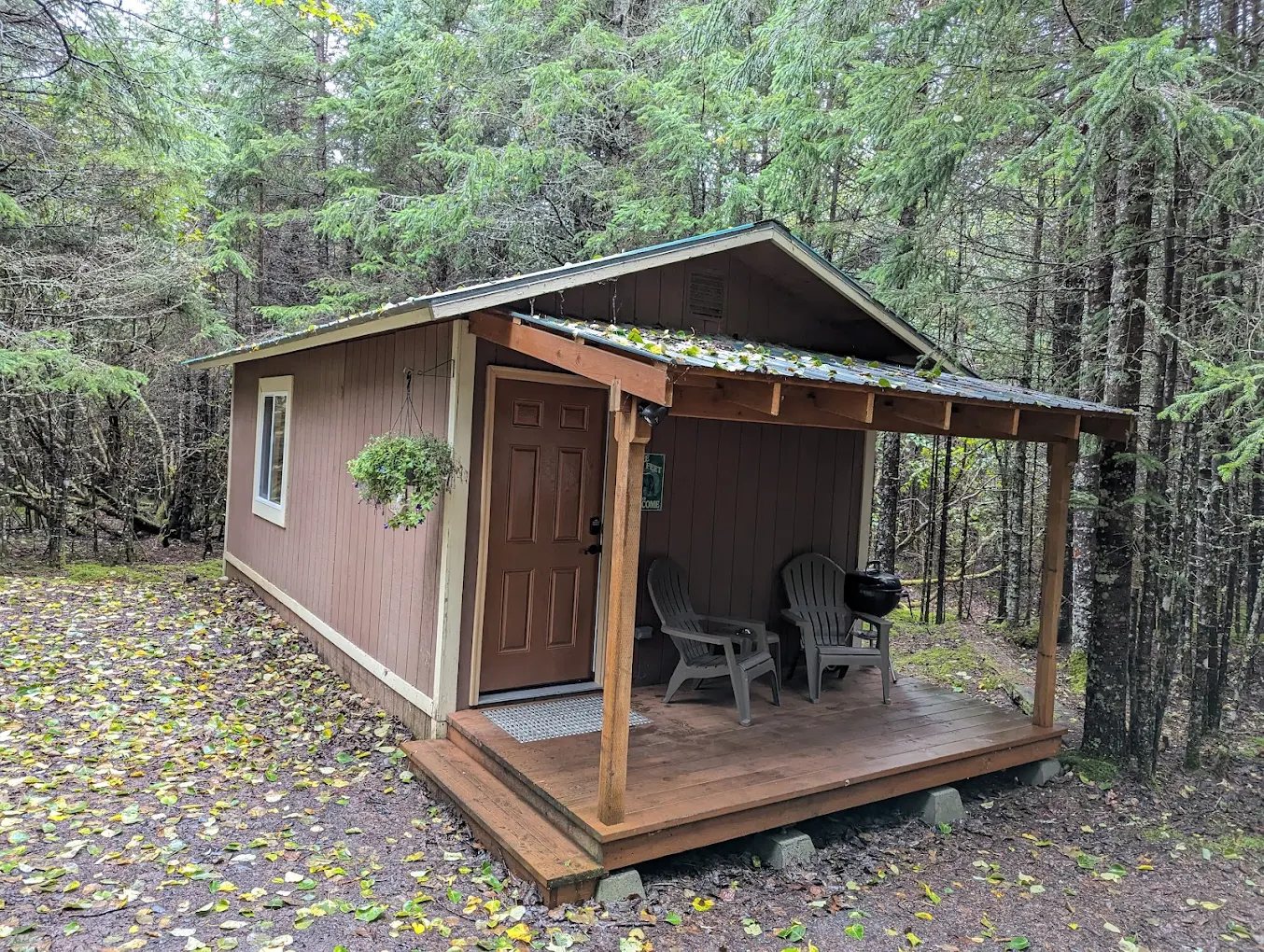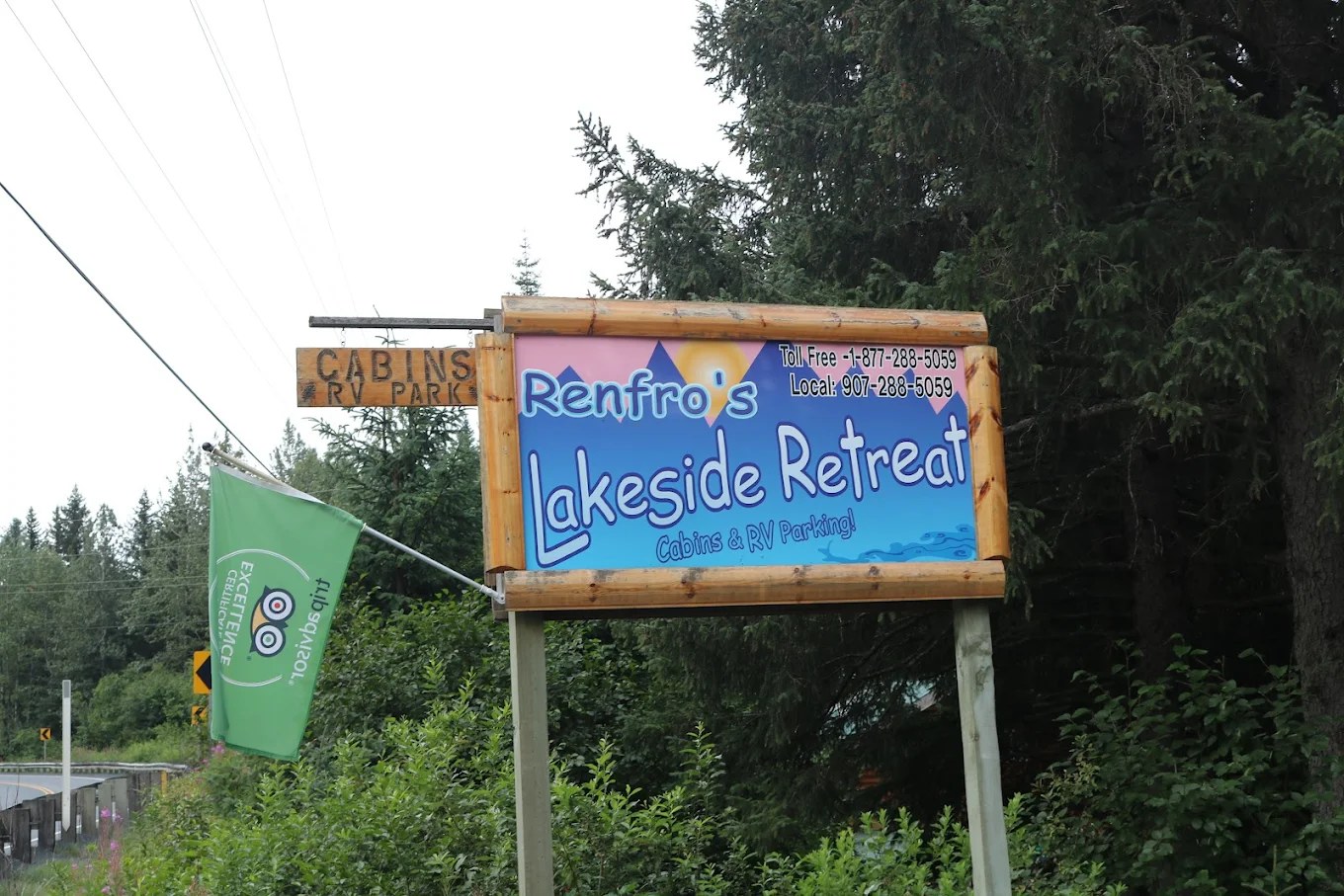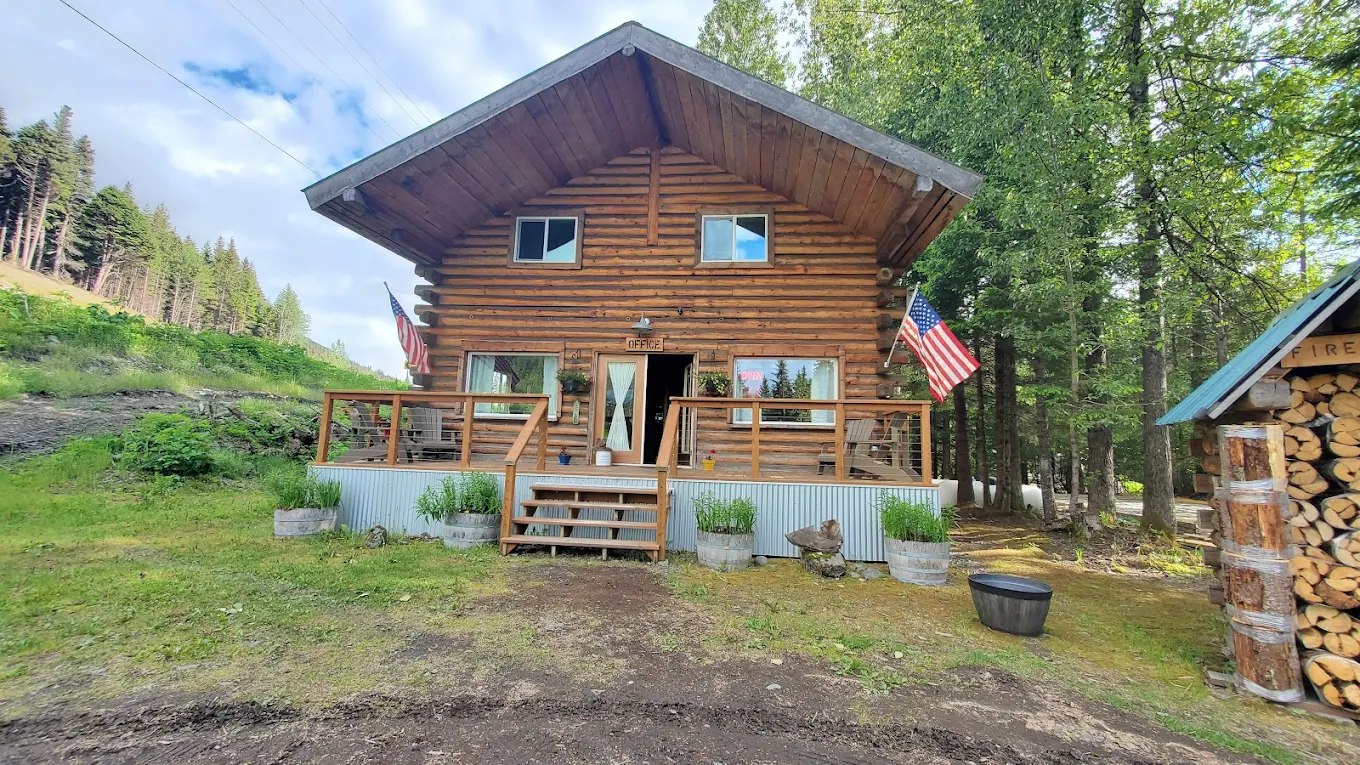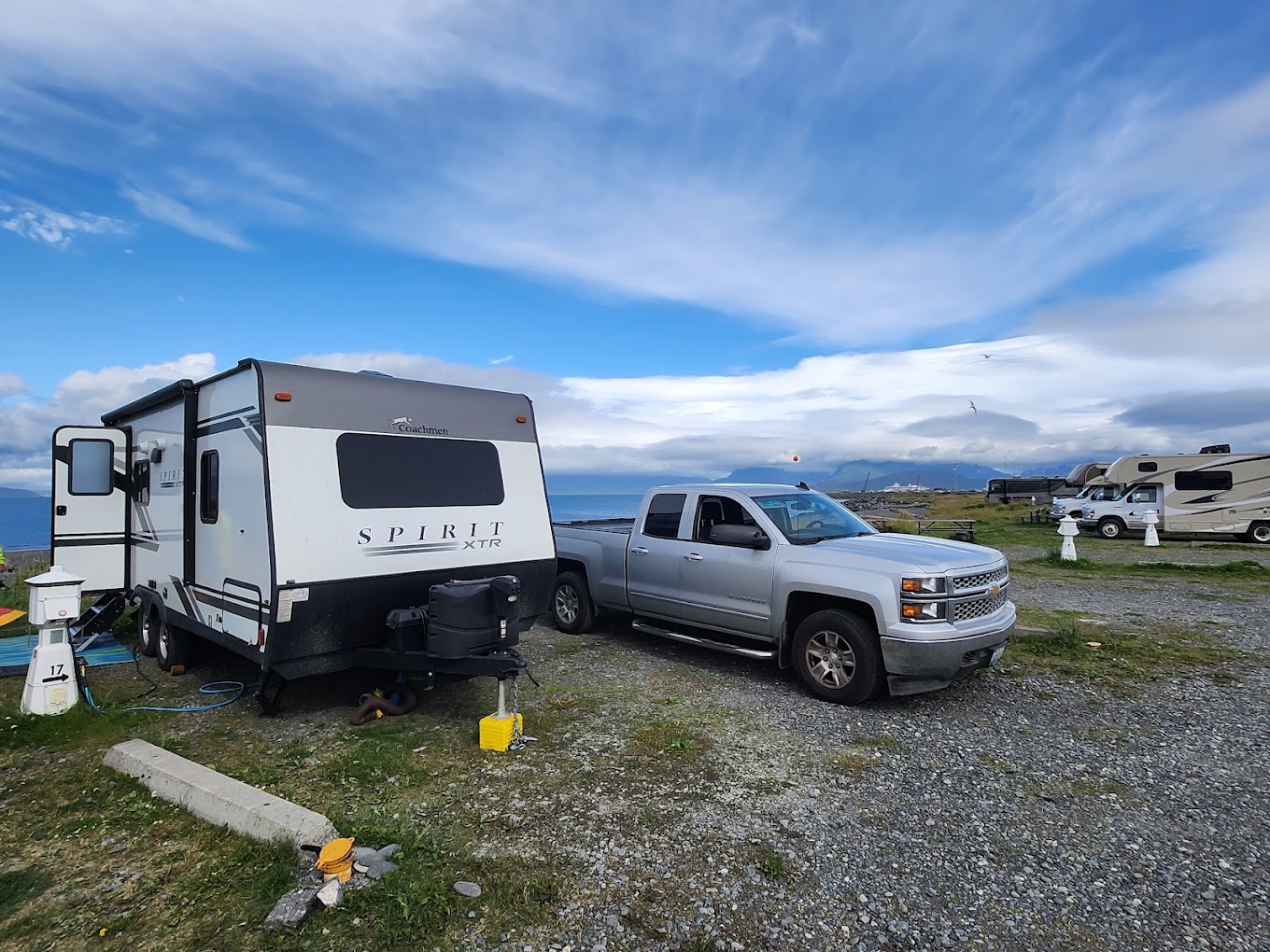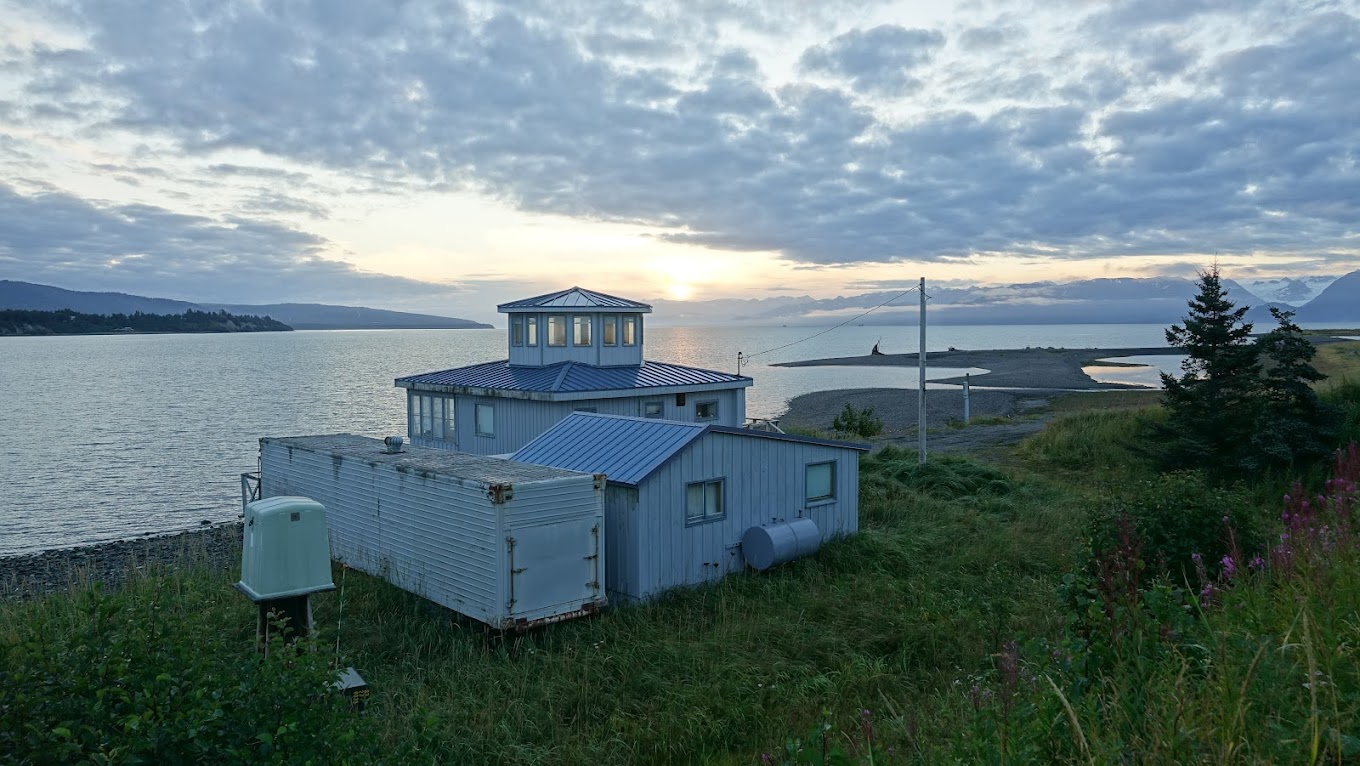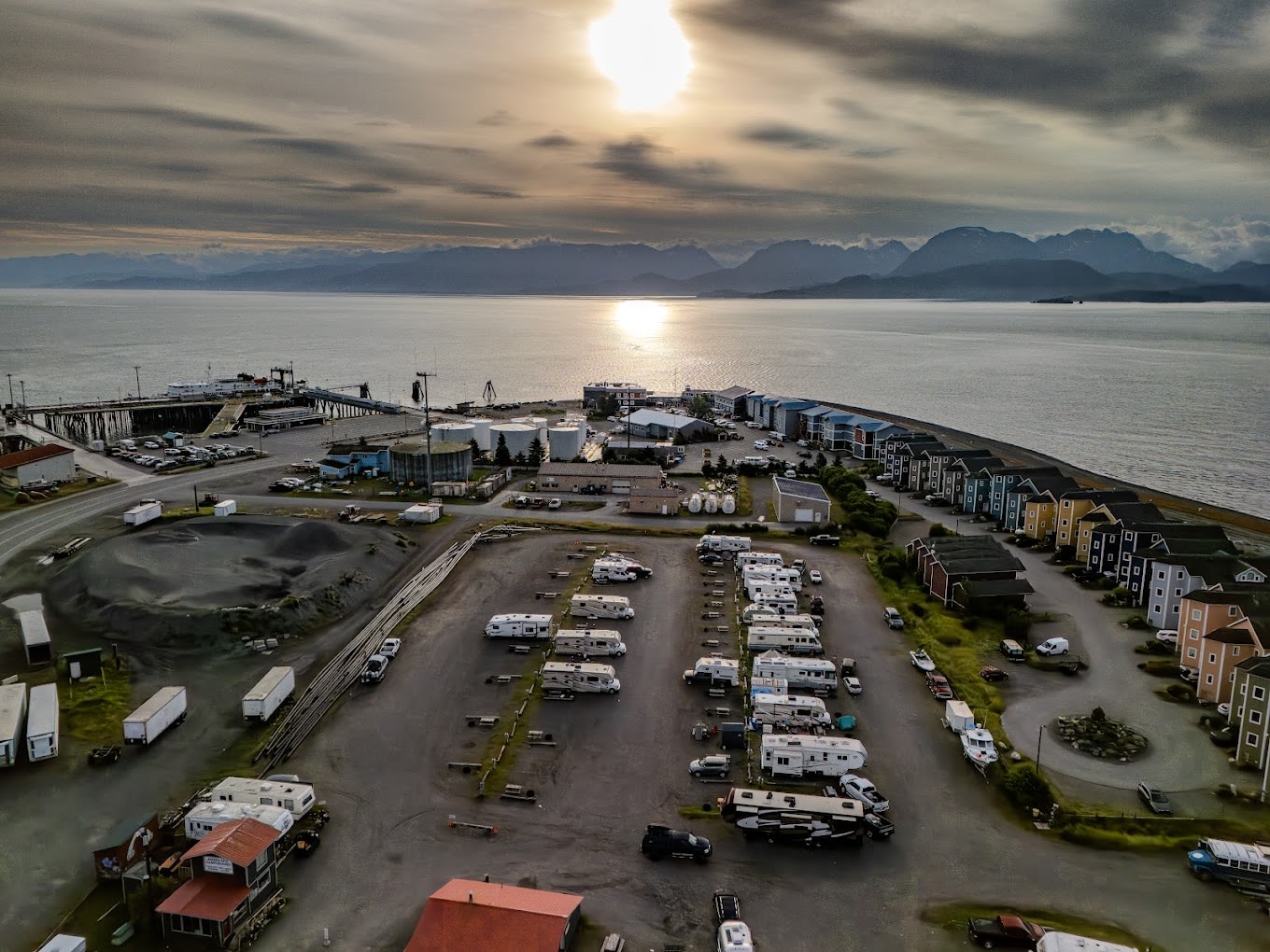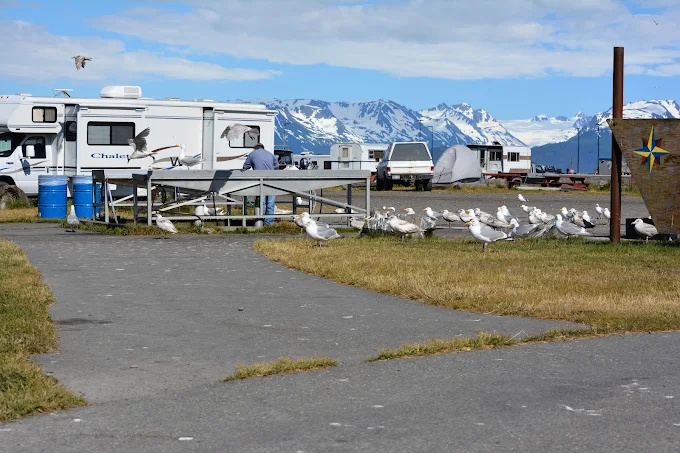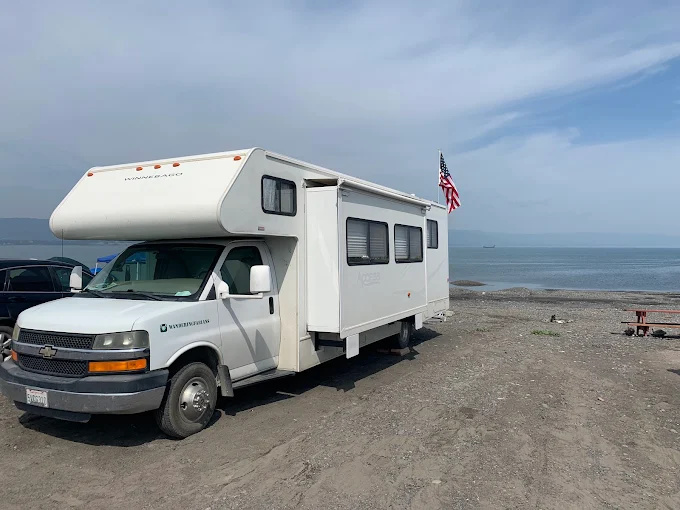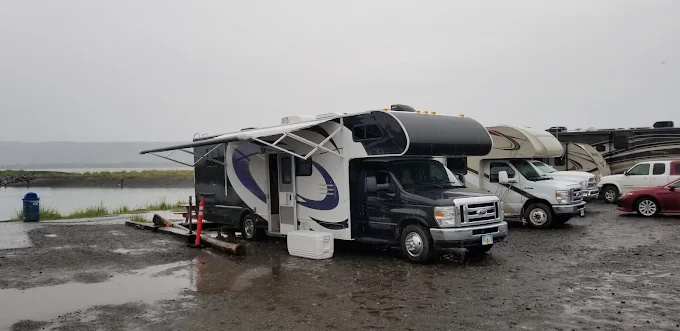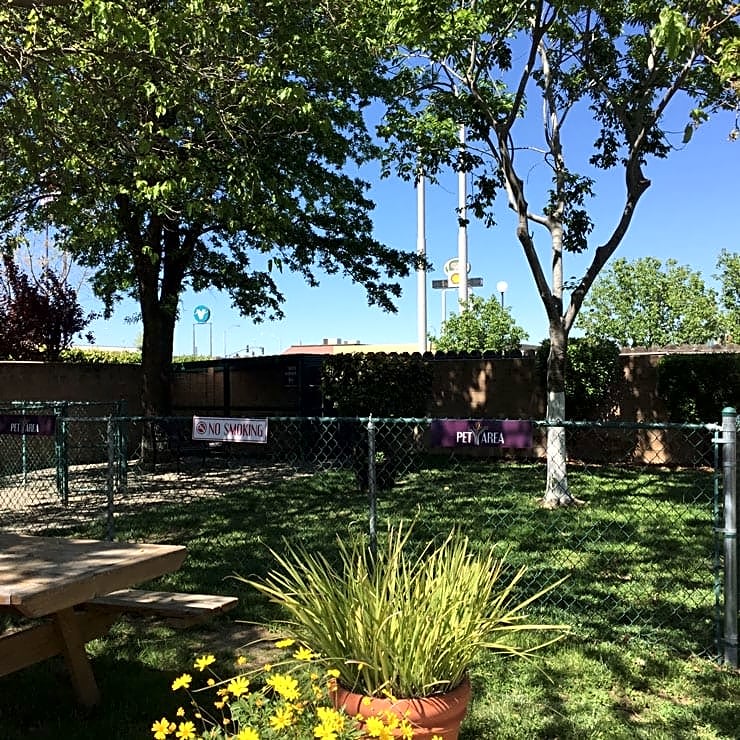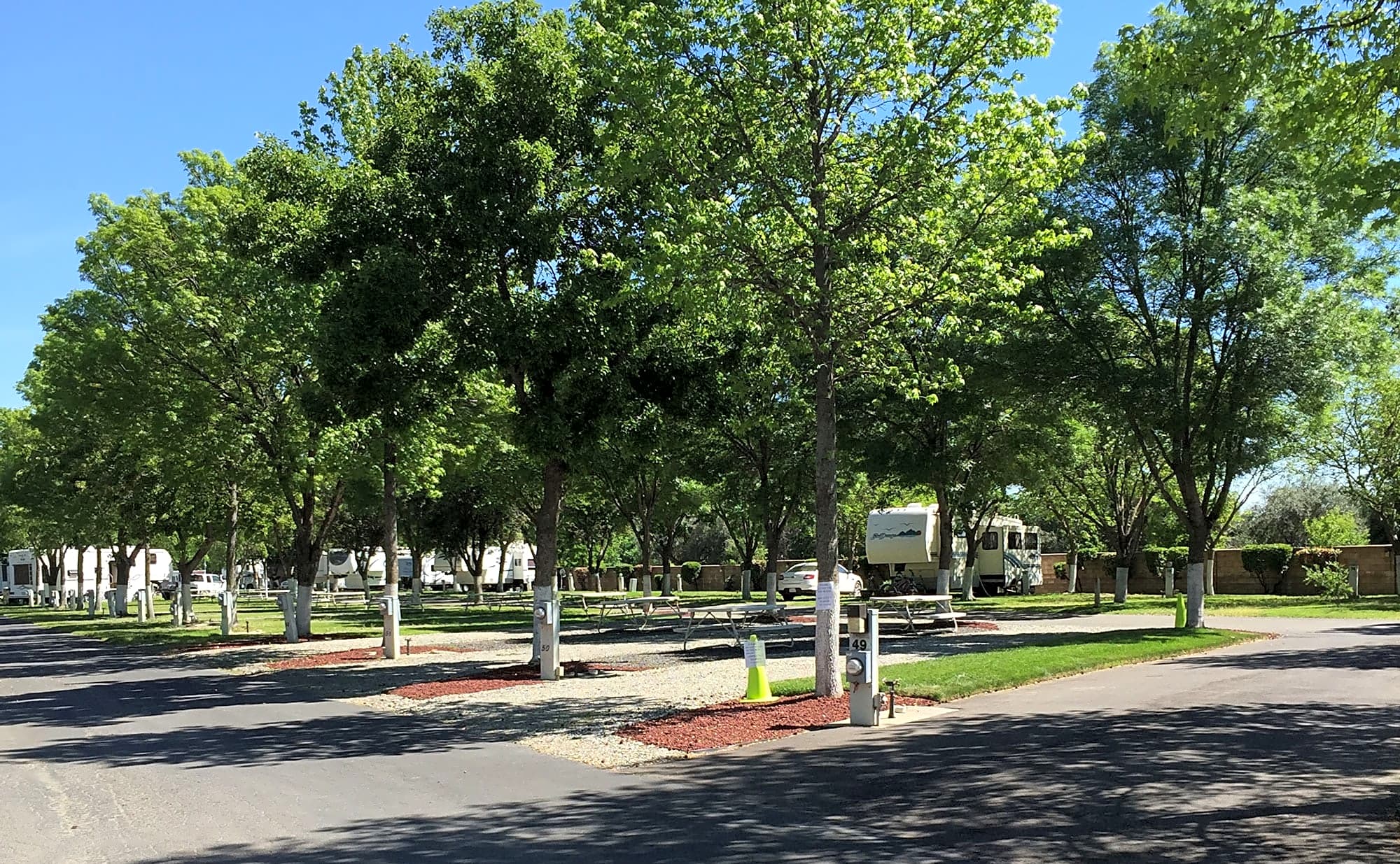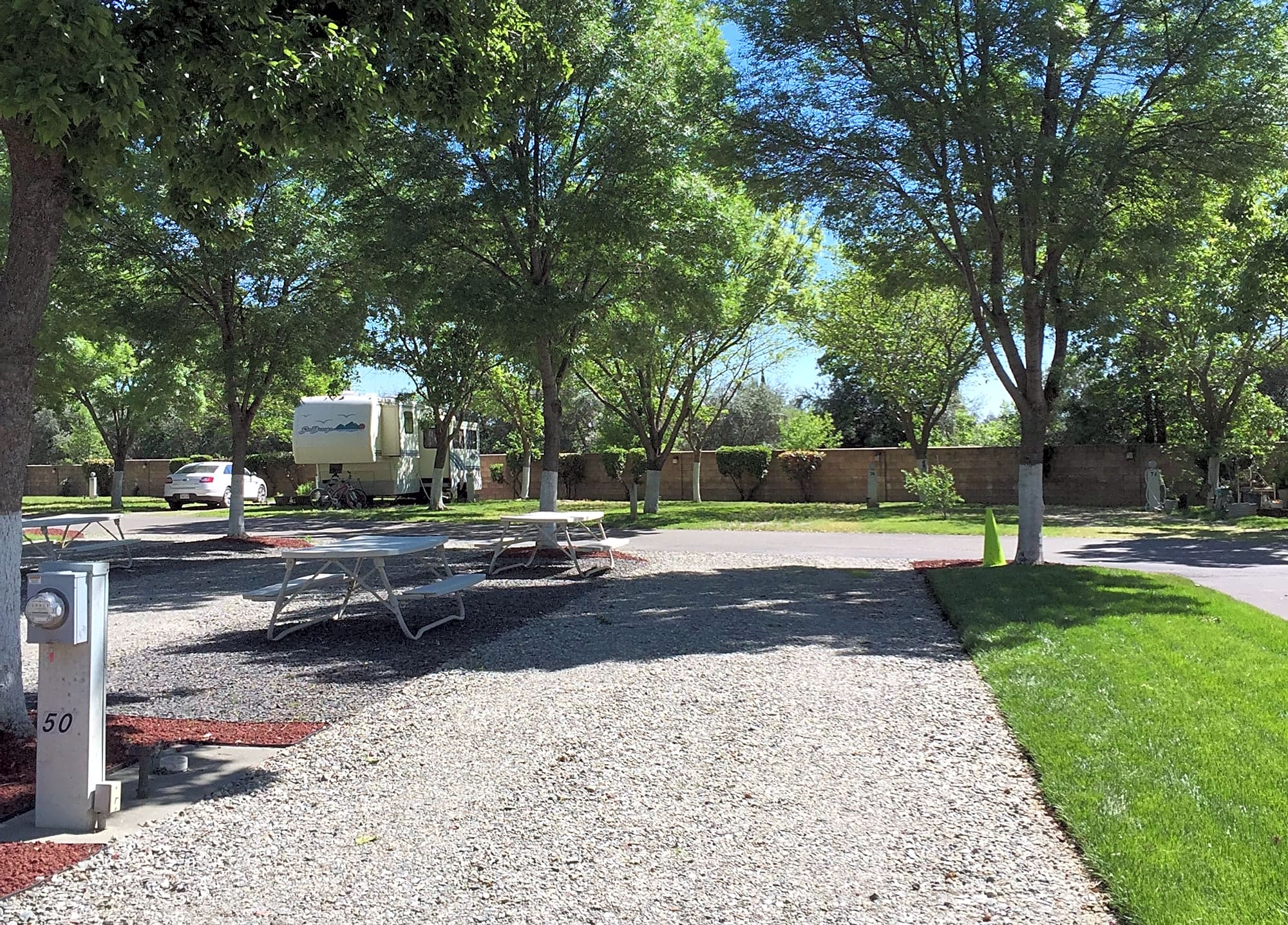- Kenai Fjords National Park
The best camping in Kenai Fjords National Park, AK
The best camping in Kenai Fjords National Park, AK
Discover the most magical spots to pitch your tent or park your rig on your next Kenai Fjords National Park adventure.
Camper favorites near Kenai Fjords National Park
Top-rated campgrounds reviewed by the Hipcamp community.



Stories from the community
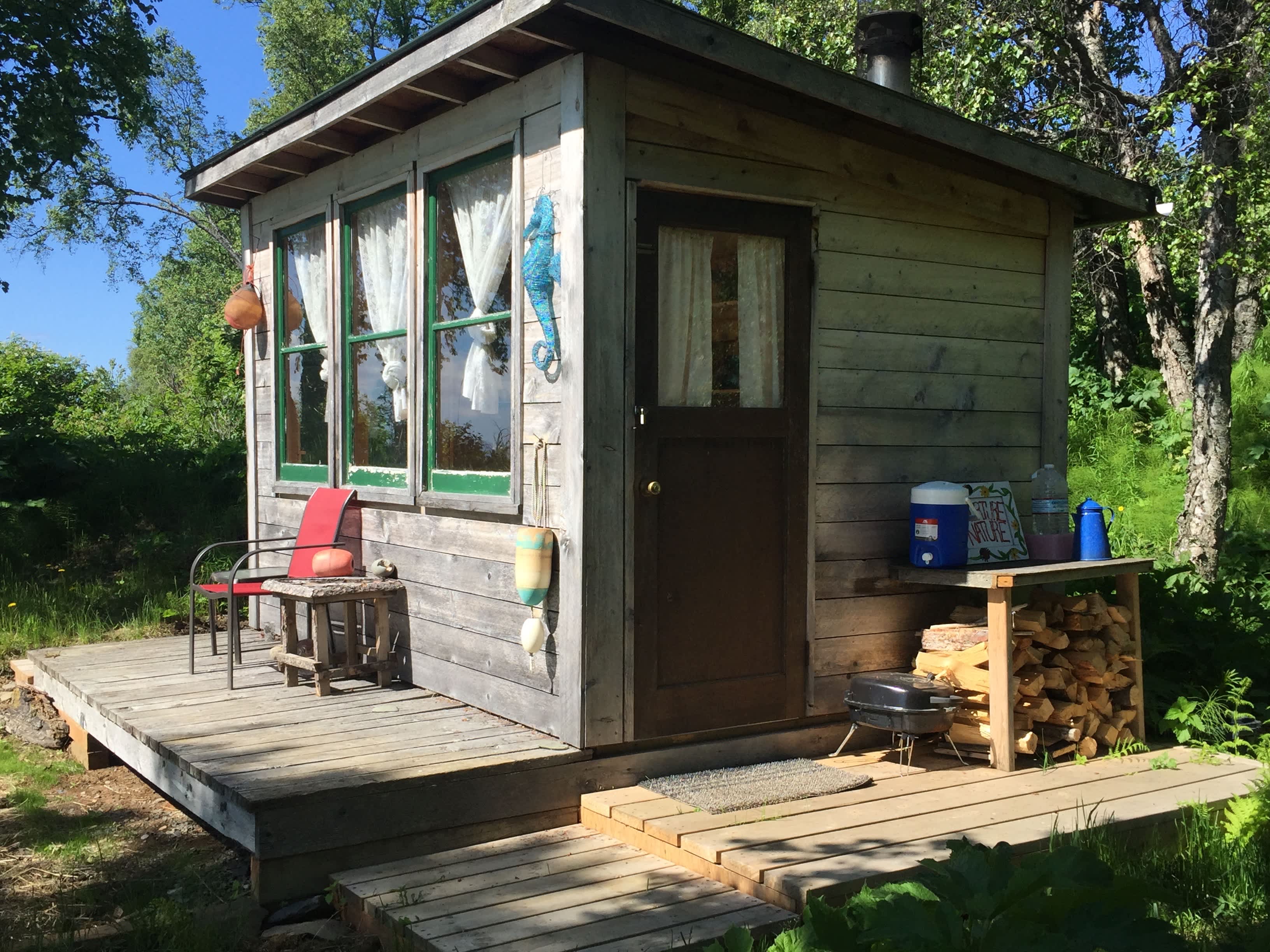
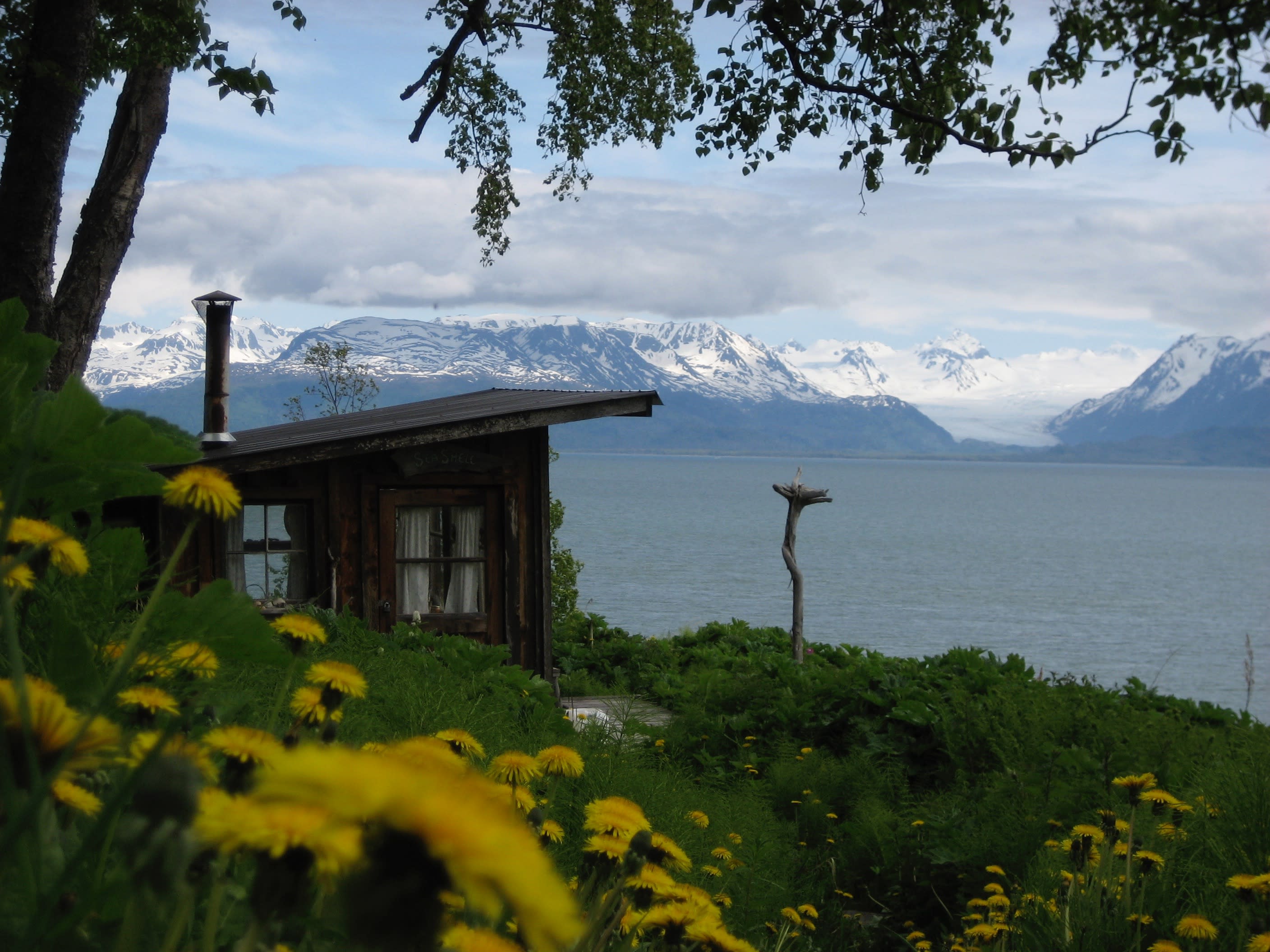




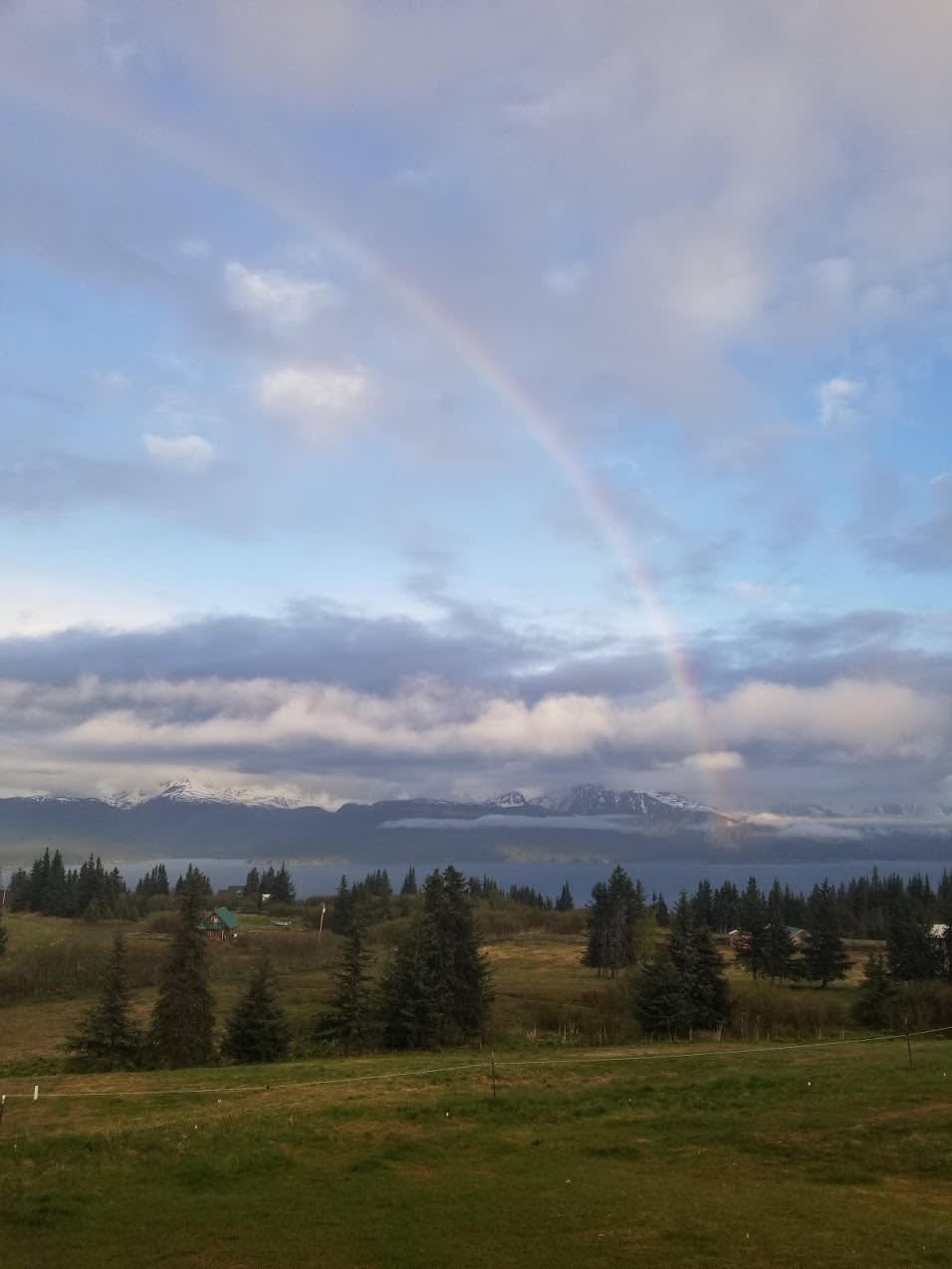



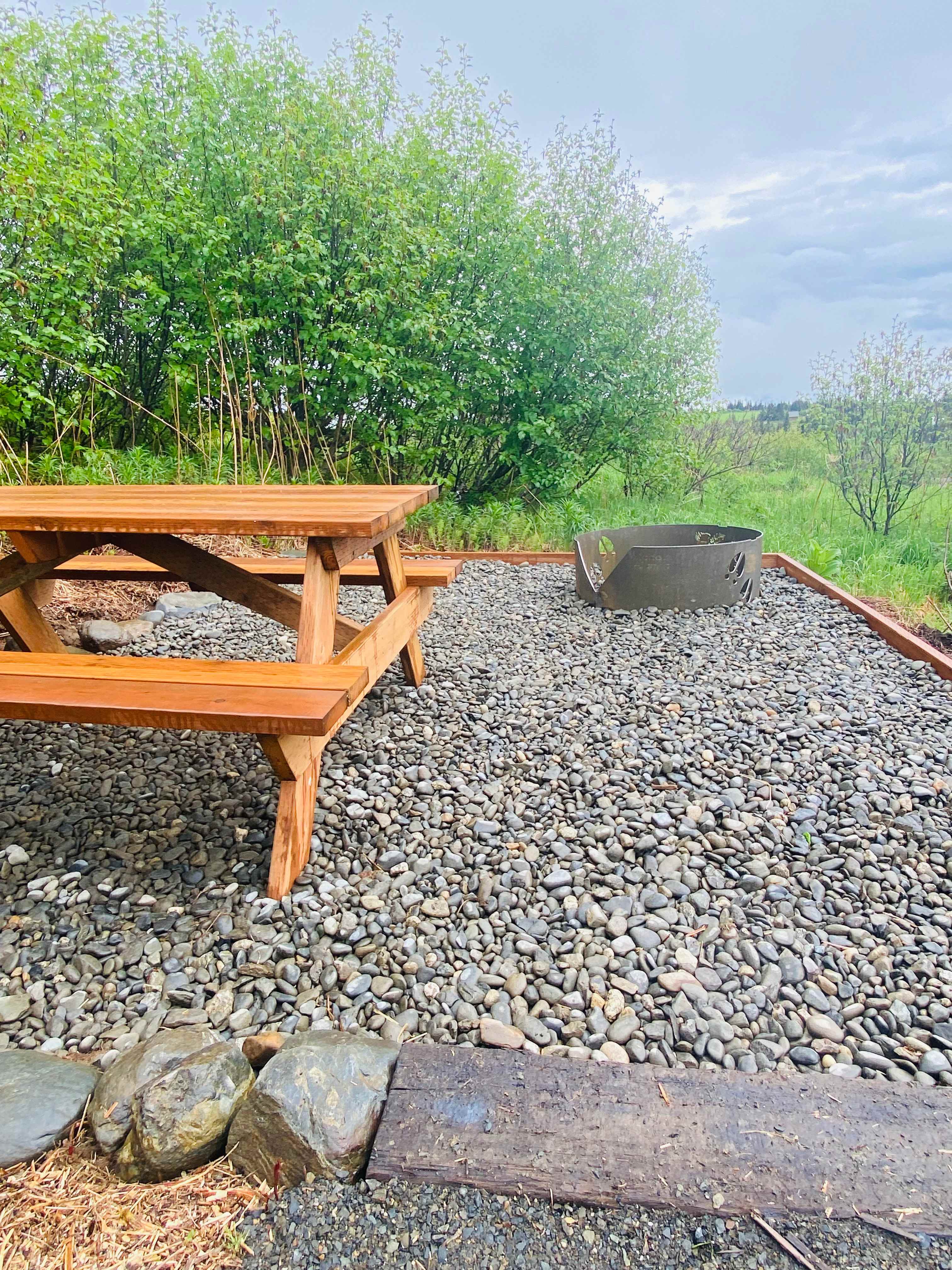

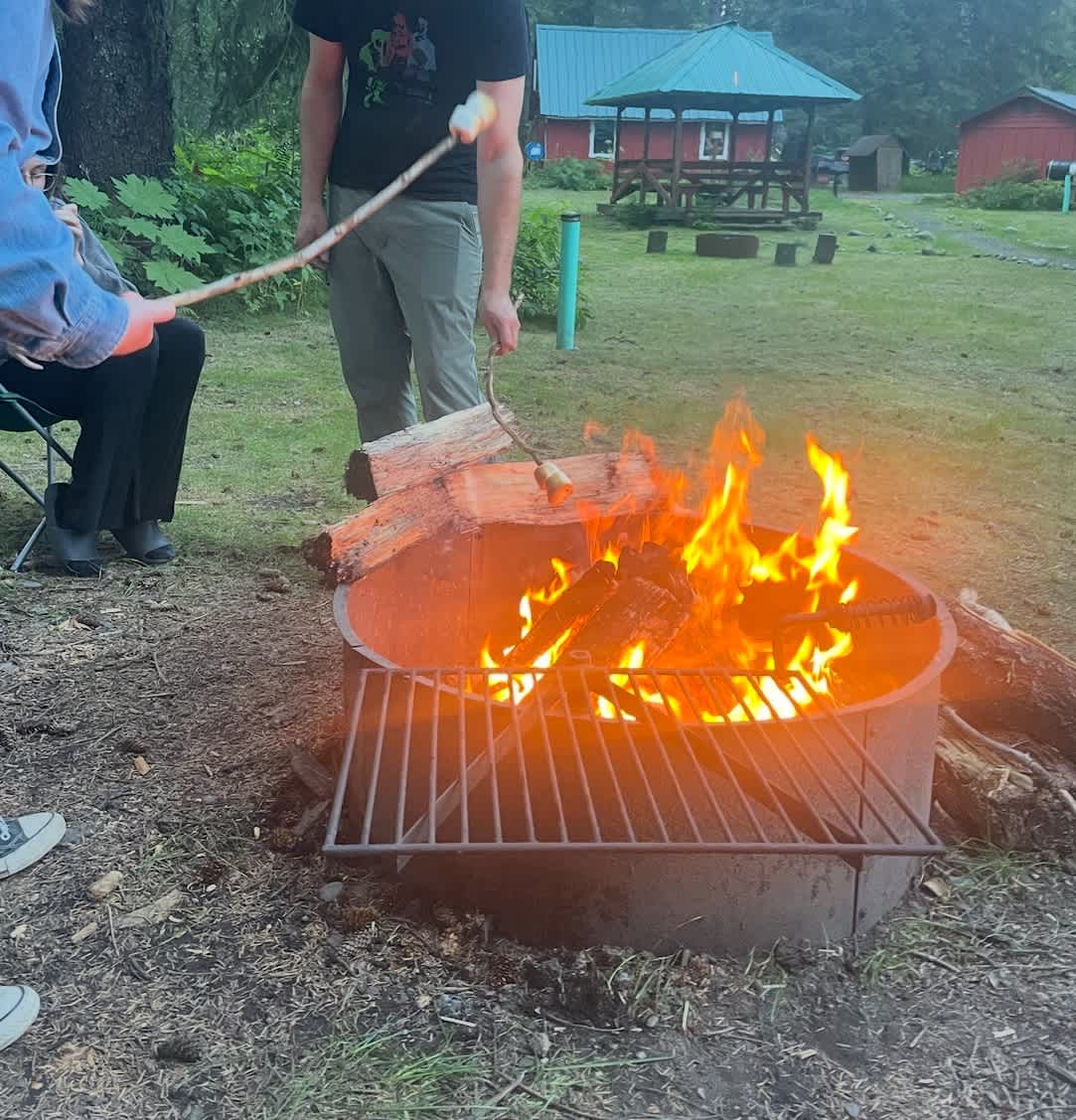


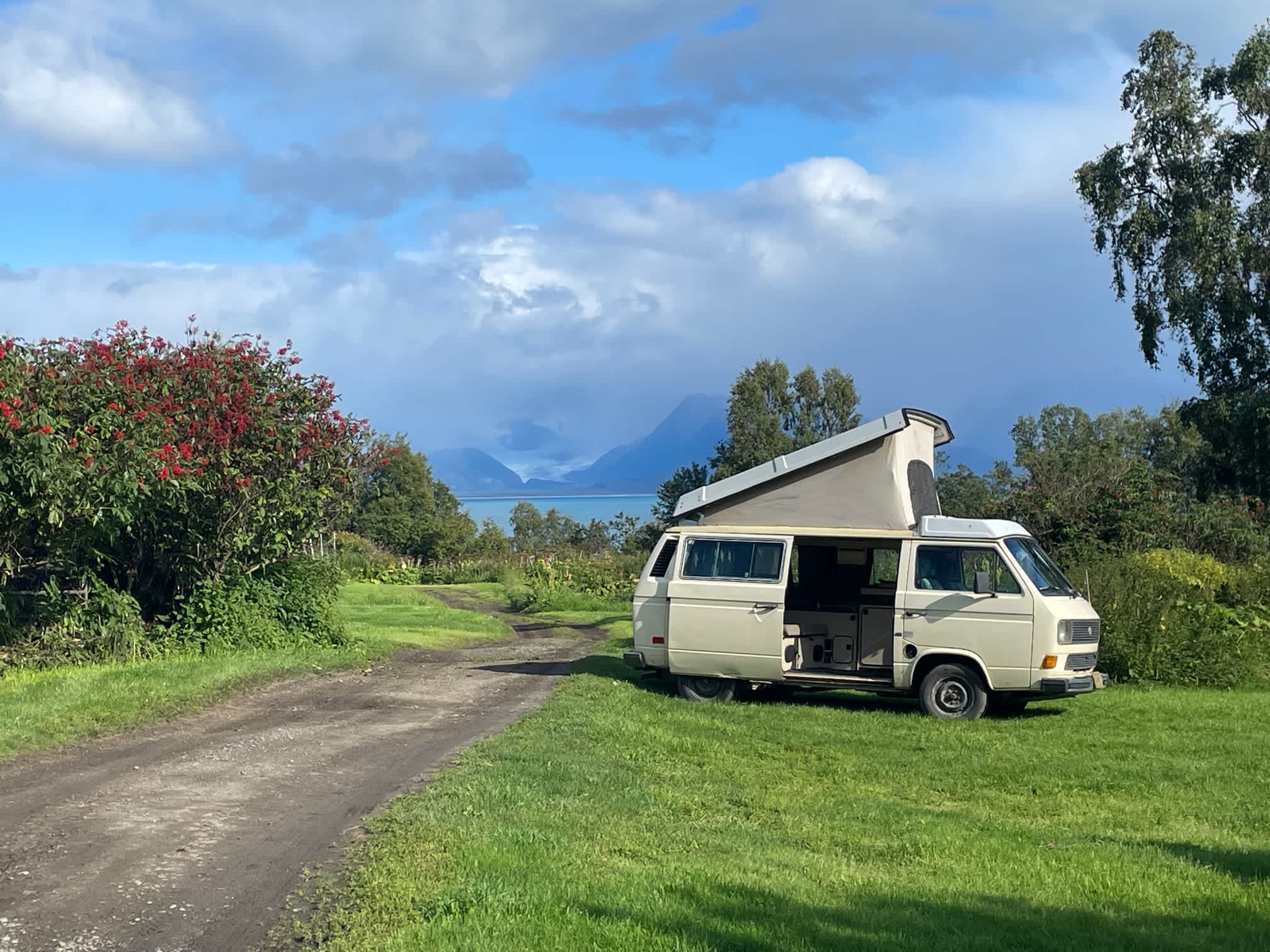
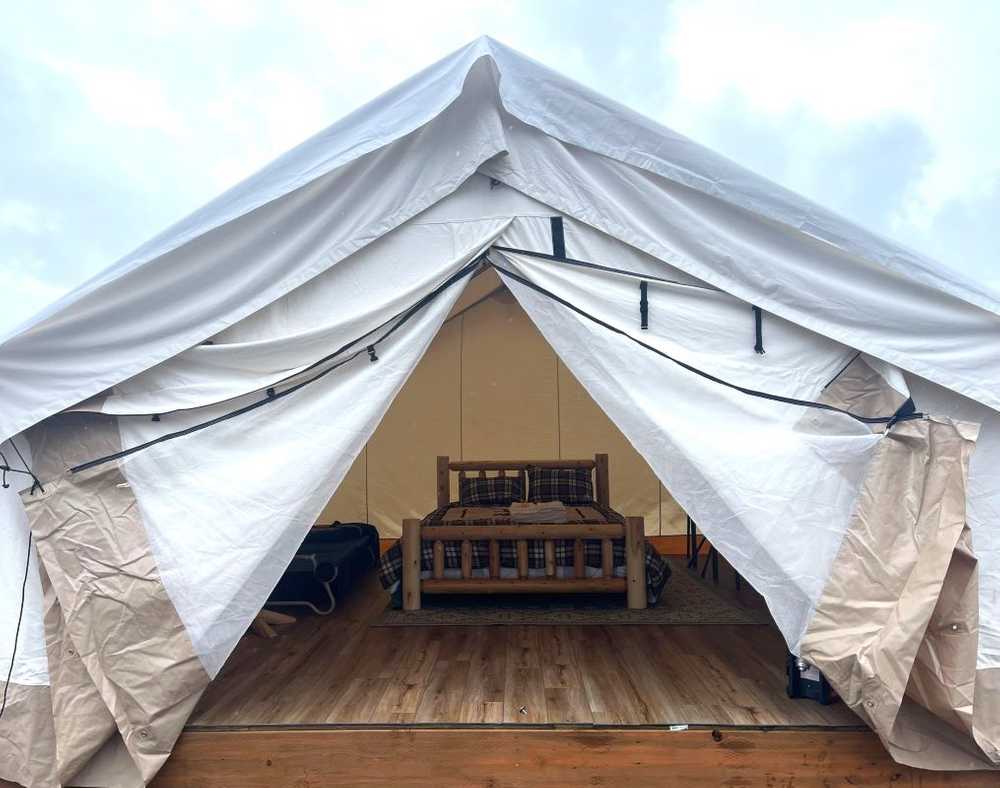


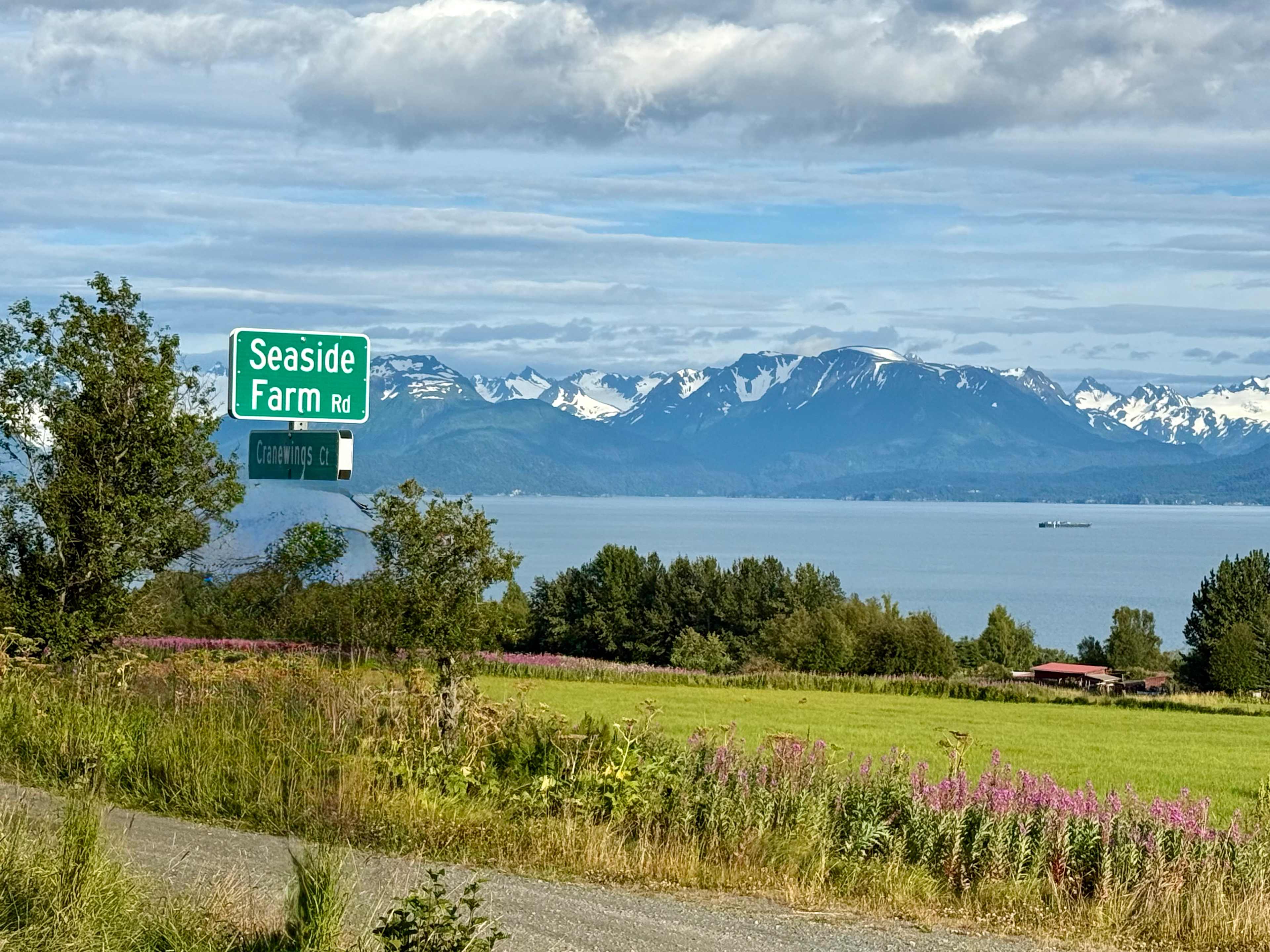
Other options near Kenai Fjords National Park
The best camping in Kenai Fjords National Park, AK guide
Overview
About
Set between Kachemak Bay State Park and the town of Seward, this massive national park protects the Harding Icefield and the wilderness around it. The only established campground in the park is in the Exit Glacier Area, which has 12 walk-in sites—two of which (sites #1 and #12) are ADA-accessible—free of charge, along with vault toilets, a pump with potable water, and a cooking area with bear-safe food storage. Backpacking is also an option, but even experienced backpackers will find this park a major challenge, so it’s wise to go with a professional guide.
Tips for snagging a campsite
- Sites at Exit Glacier are available on a first-come, first-served basis, and are usually full by early evening in the July and August peak season. It’s wise to come early in the day and mid-week, to increase your odds of nabbing one of the coveted spots.
- There are also a couple of cabins available in the summer months (through recreation.gov) and a winter cabin that can be reserved by calling the park directly.
- If you can't secure a campsite at Exit Glacier, you may have better luck in the nearby Chugach National Forest or at one of the campgrounds managed by the Seward Parks and Recreation Department.
When to go
Kenai Fjords is beautiful year-round, but if you’re coming to camp, July and August are the best (albeit busiest) months. The Exit Glacier area is usually blocked to vehicular traffic from late October until sometime in the spring due to snow, but you can still drive as far as you can and then go the rest of the way by snowmobile, fat bike, dogsled, or snowshoeing.
Know before you go
- Cooking and storing food at individual campsites is prohibited.
- Kayaking and beach camping is popular in the park, and permits are not required, except for on beaches owned by Port Graham Village Corporation.
- Abandoned mines sit within the park, some of which could contain explosives, unsafe chemicals, or other hazards. Be mindful and avoid investigating any old structures you come across.
- Winter shuttles, boat tours, dog sled tours, and guided ice-climbing expeditions are available in the winter months.
